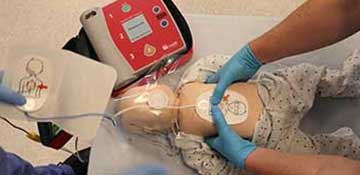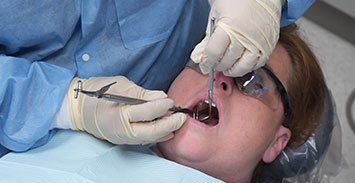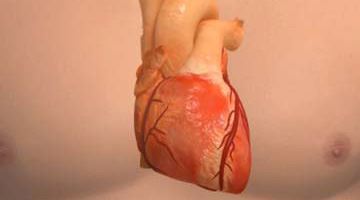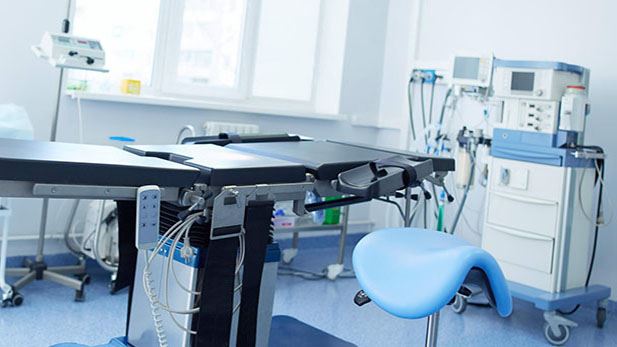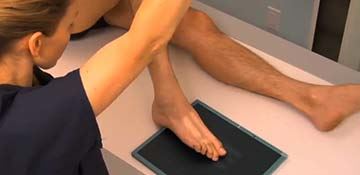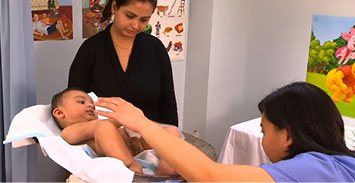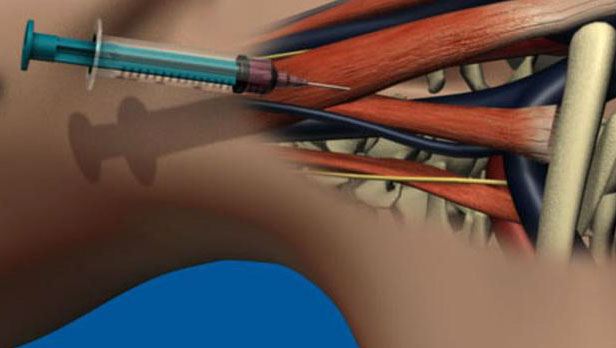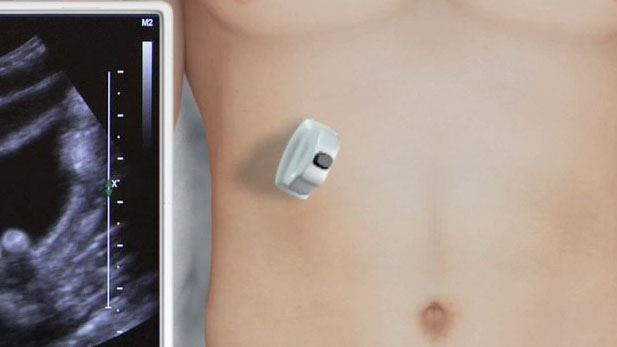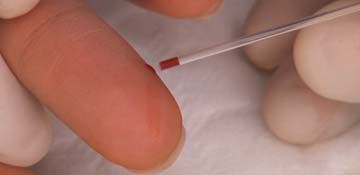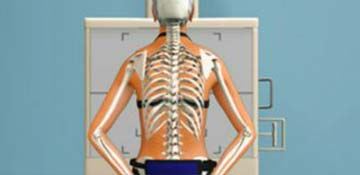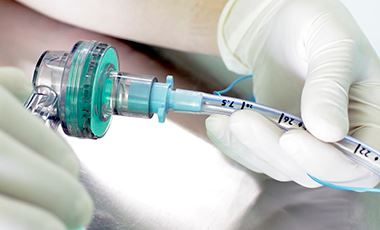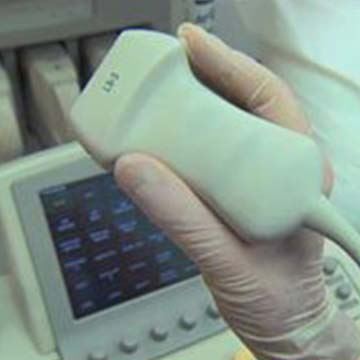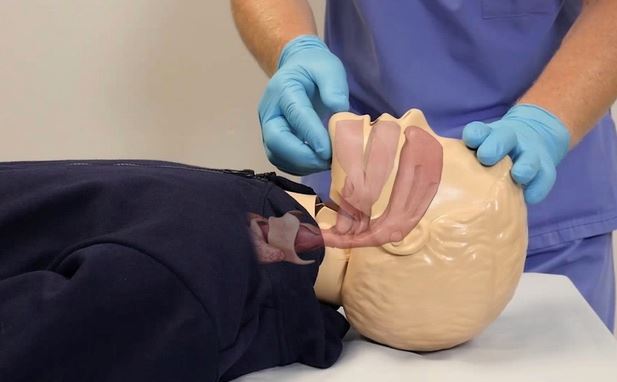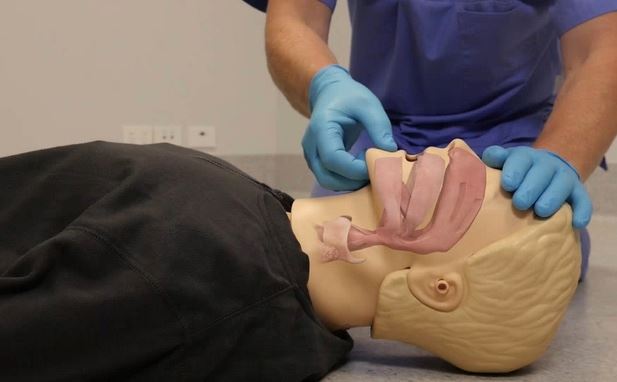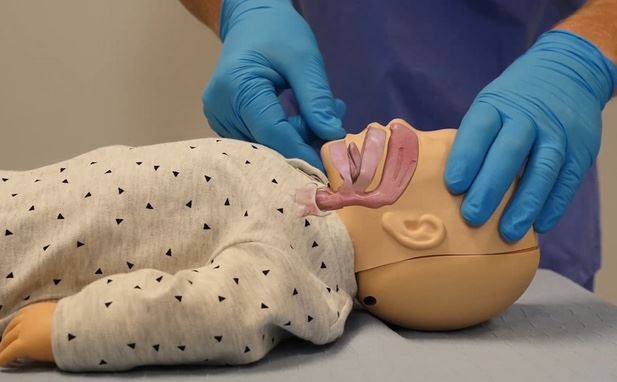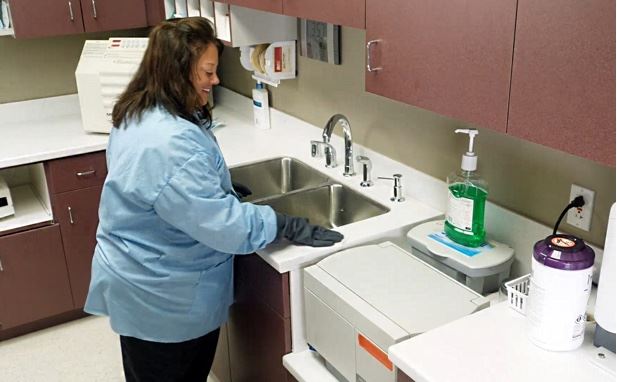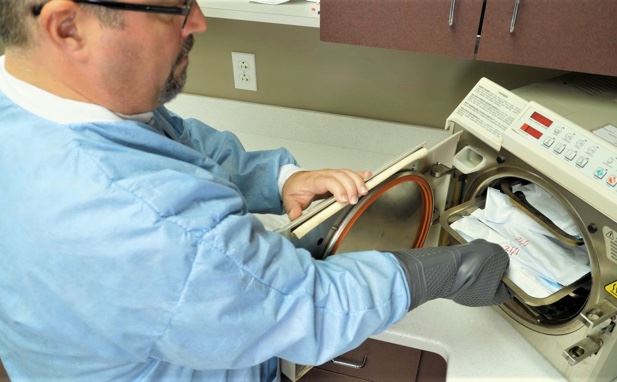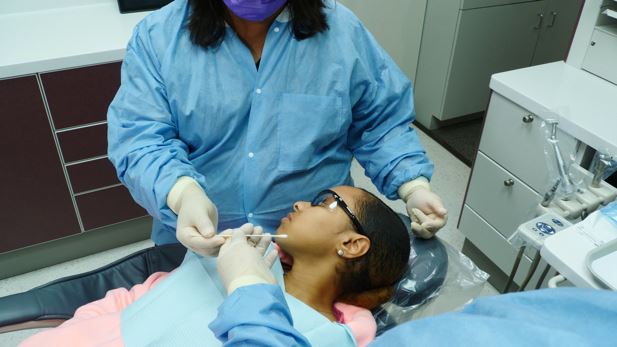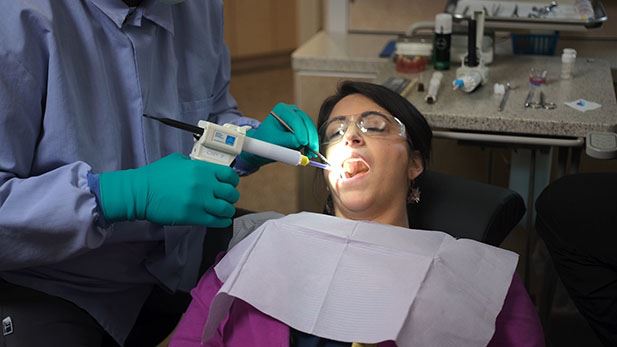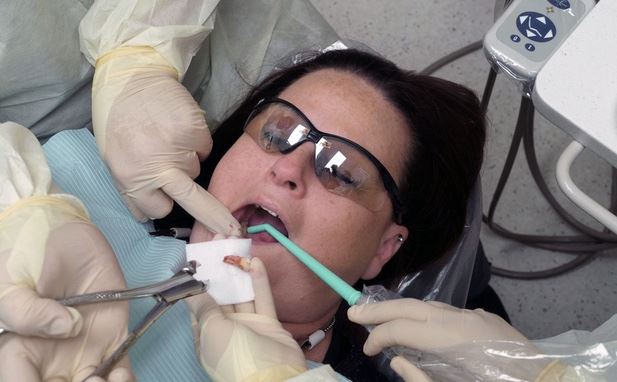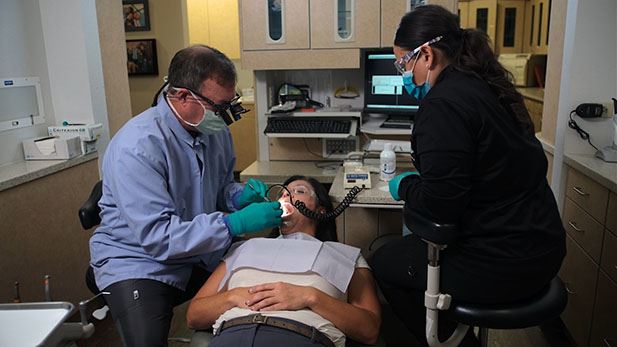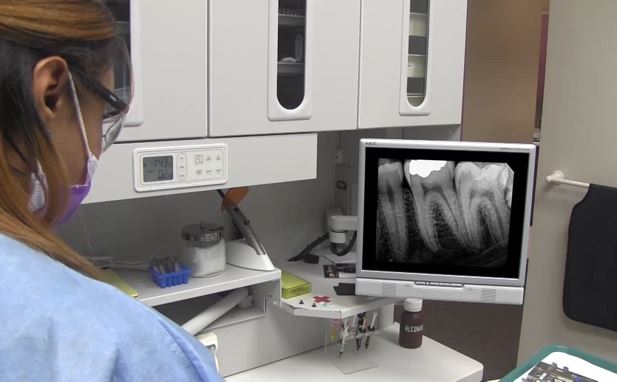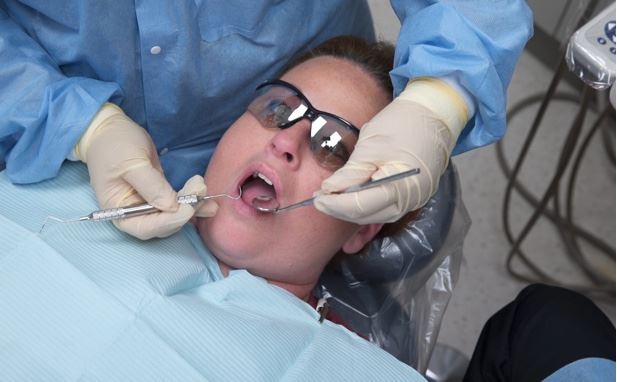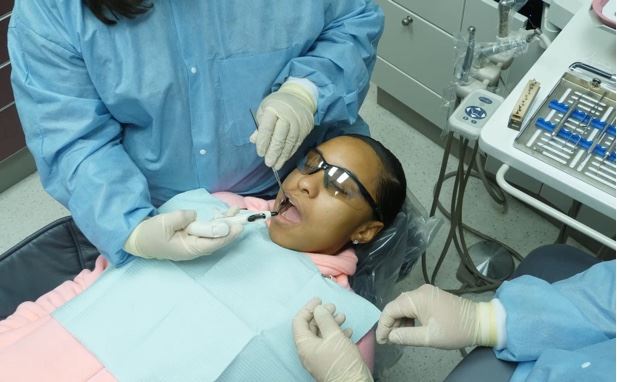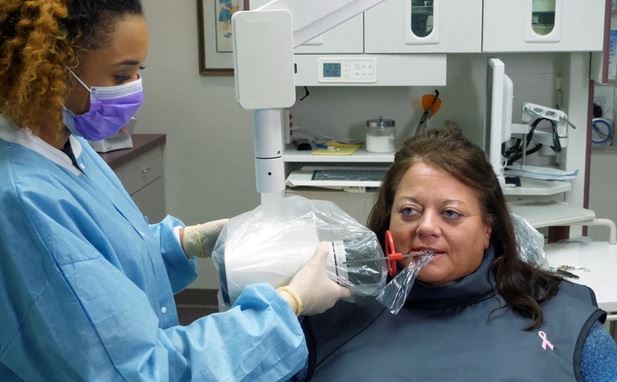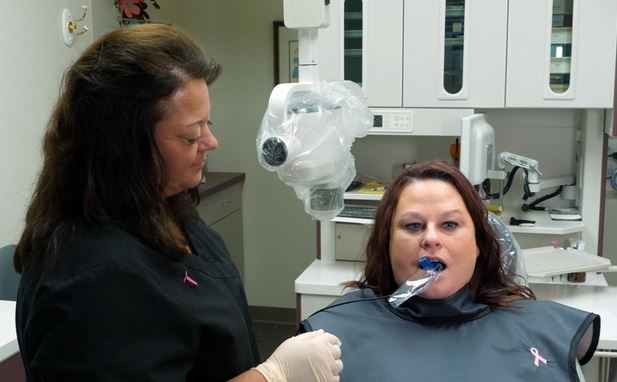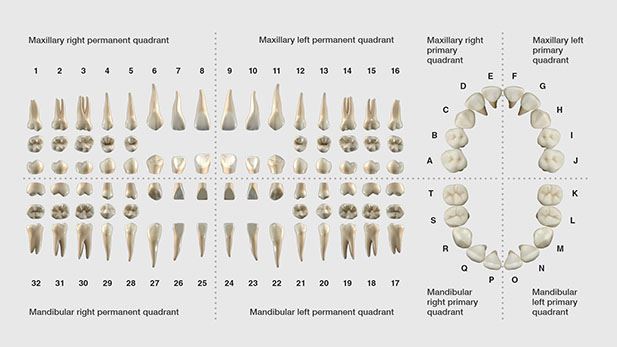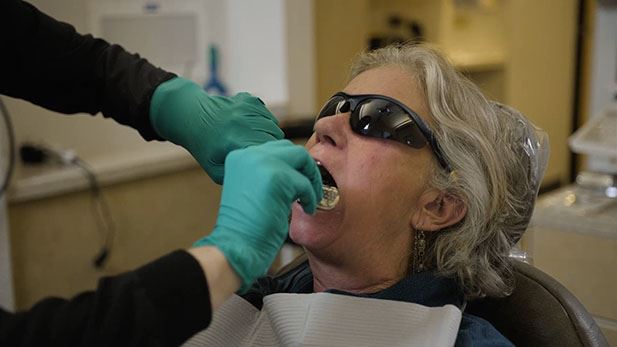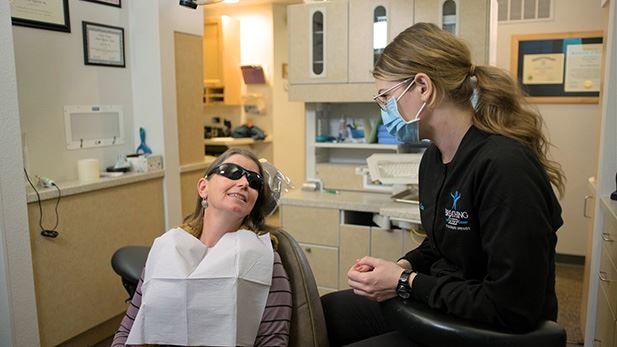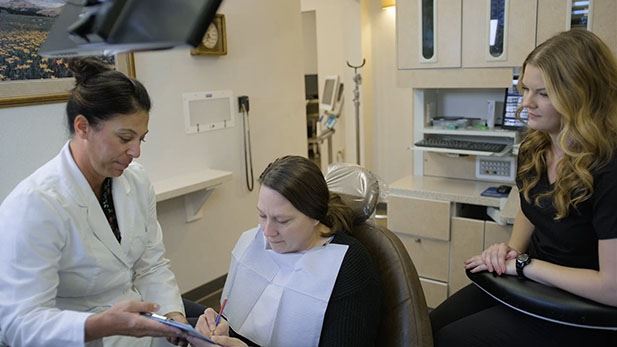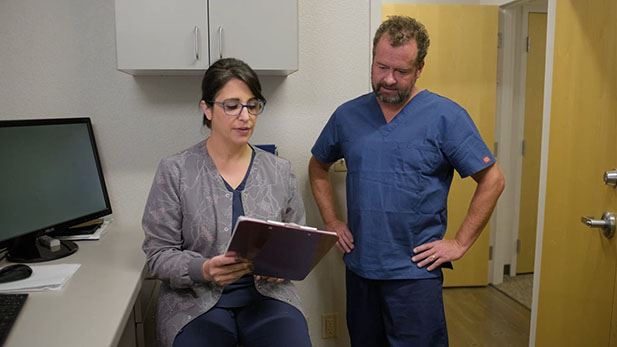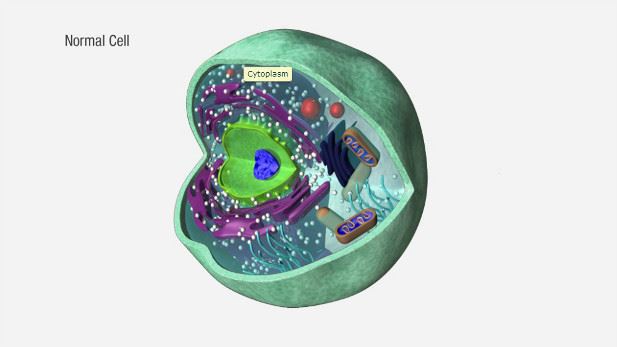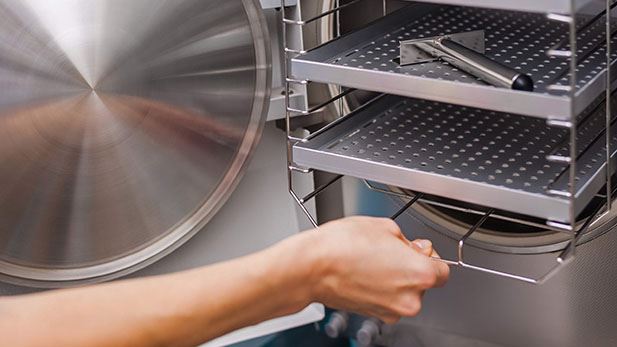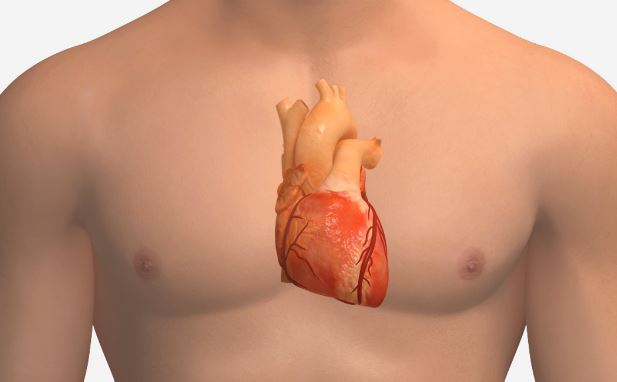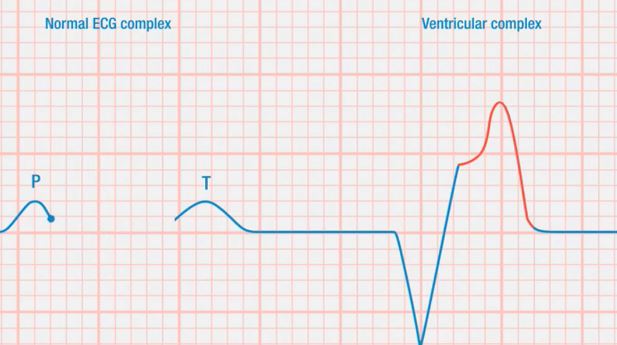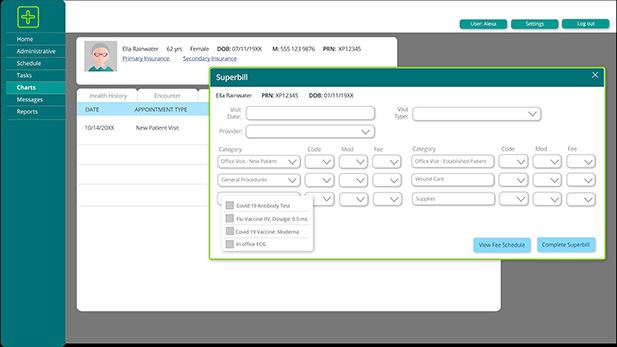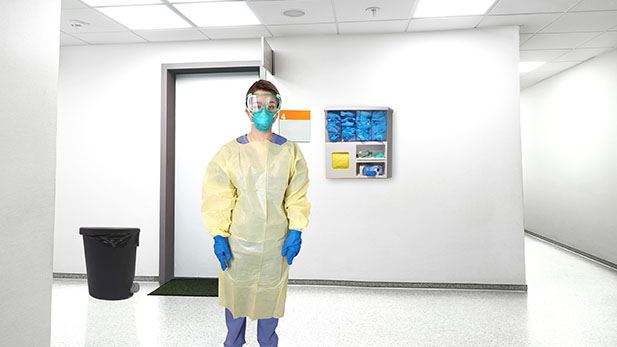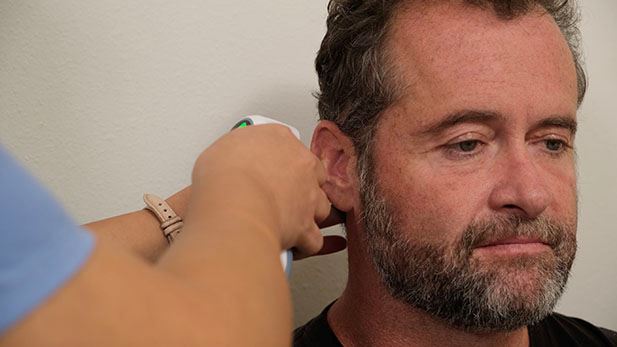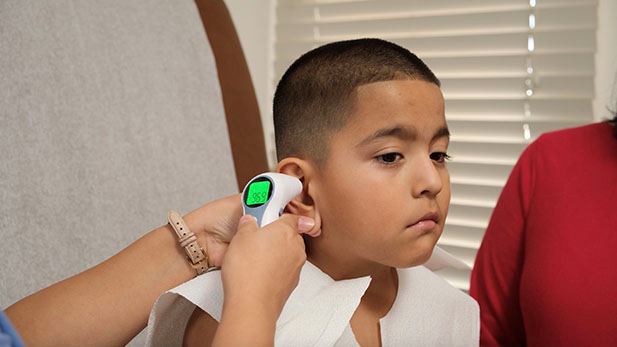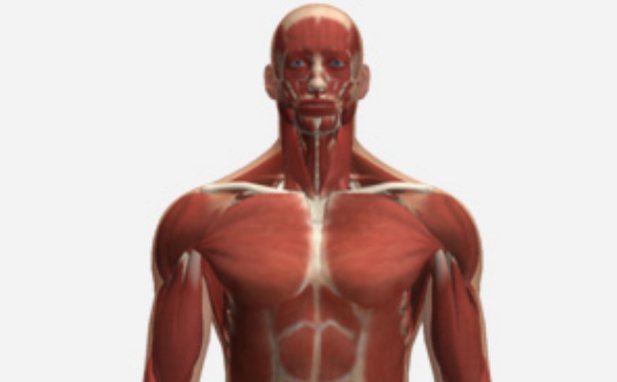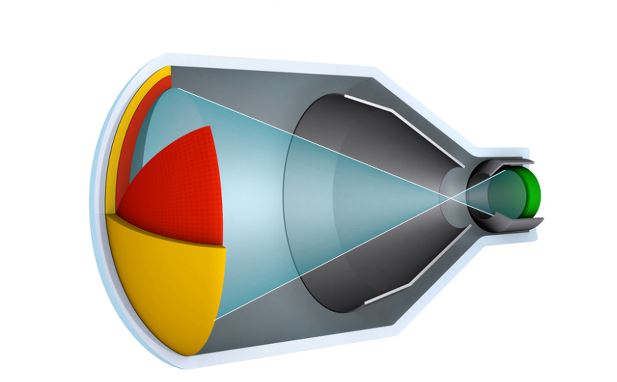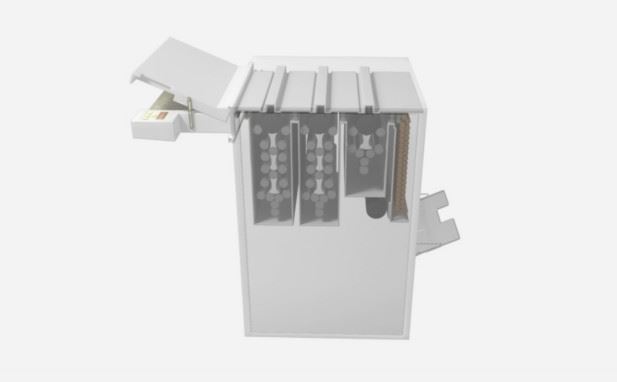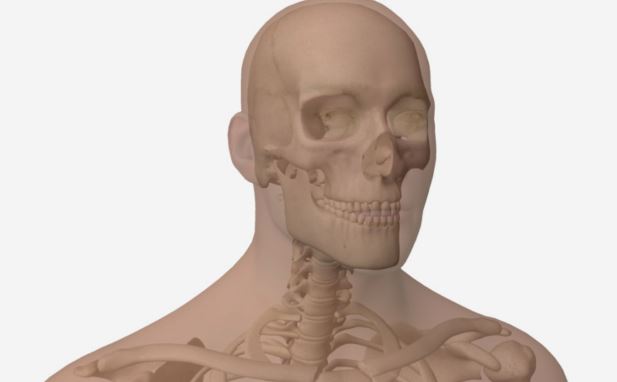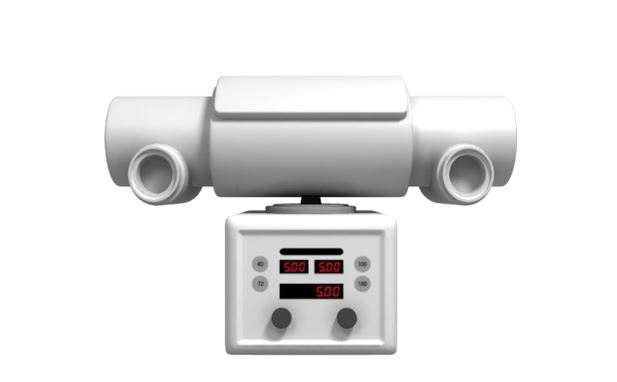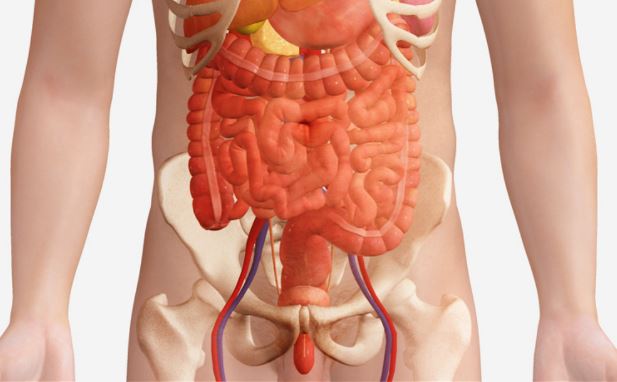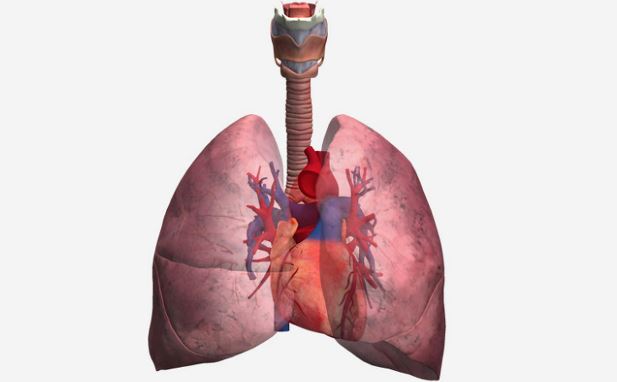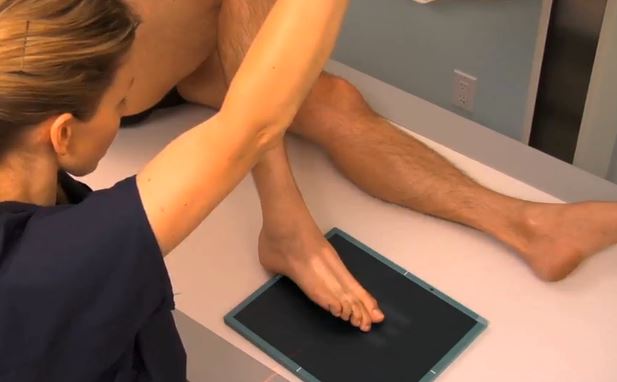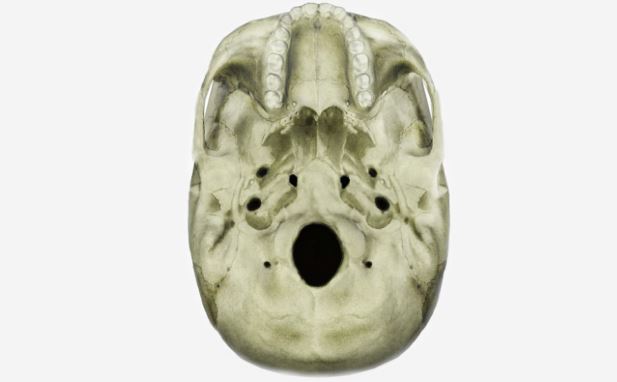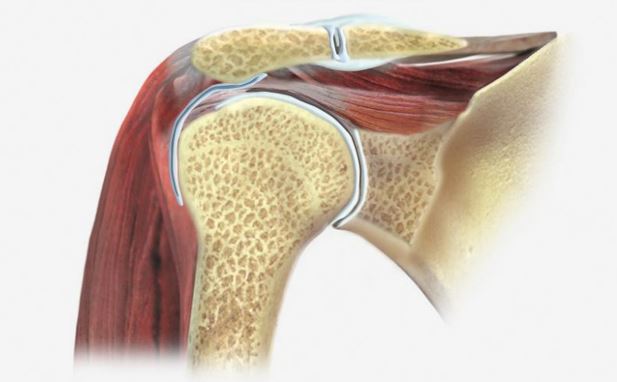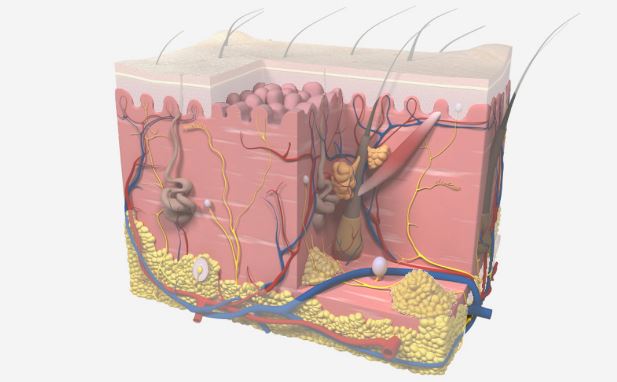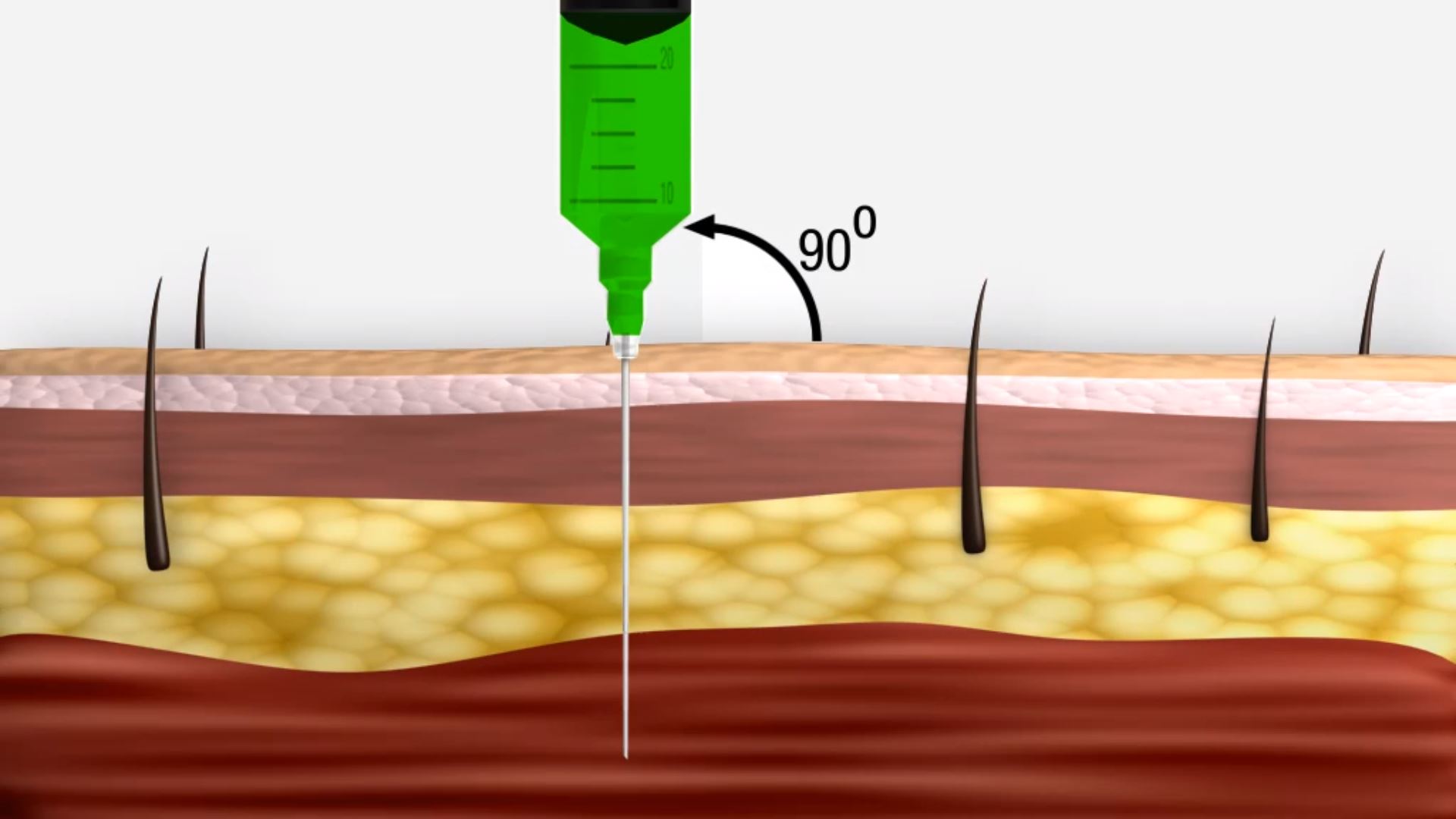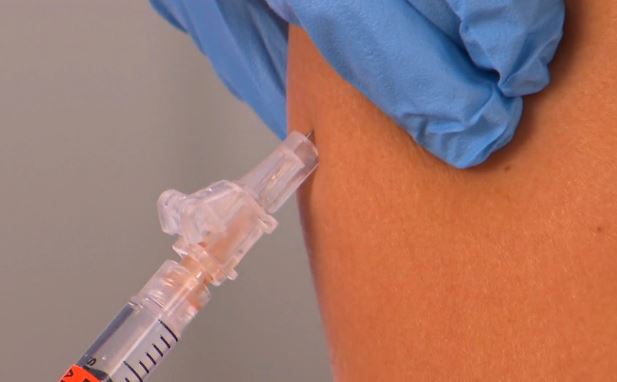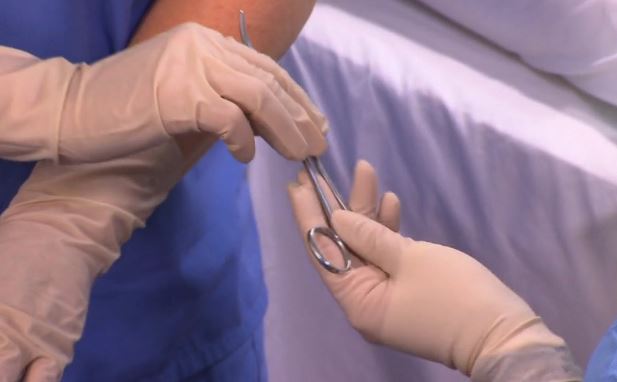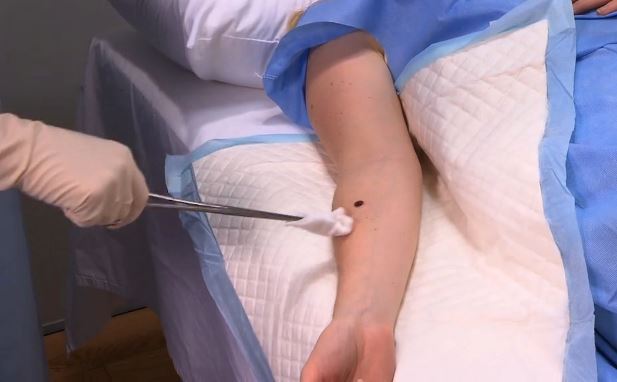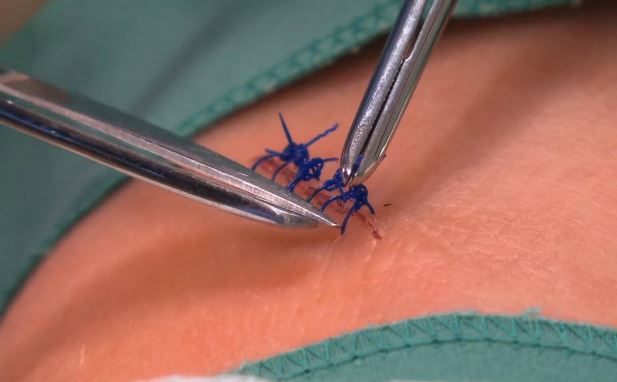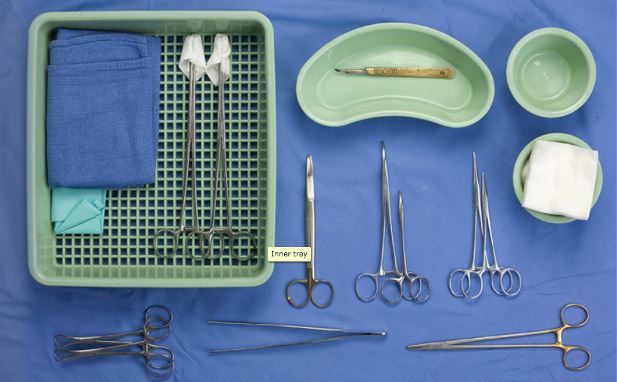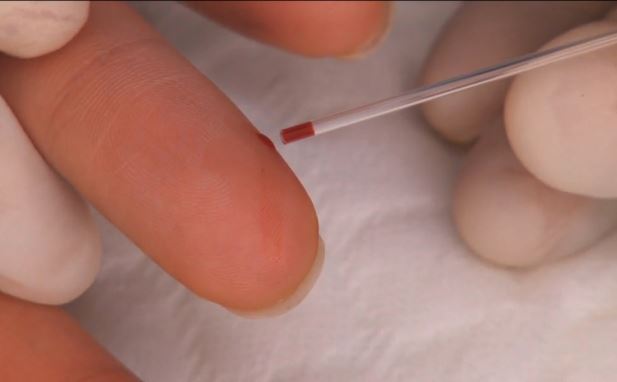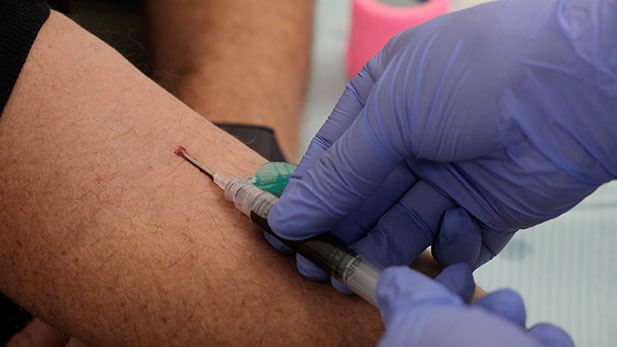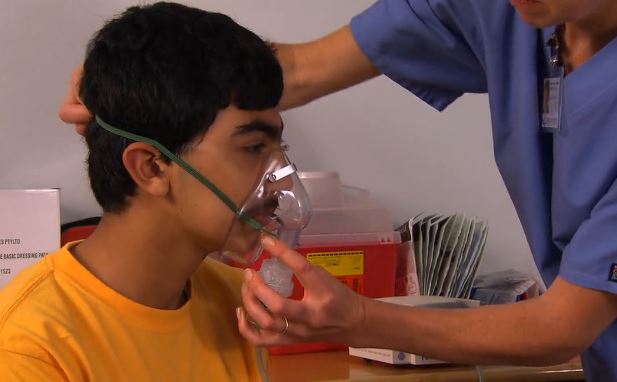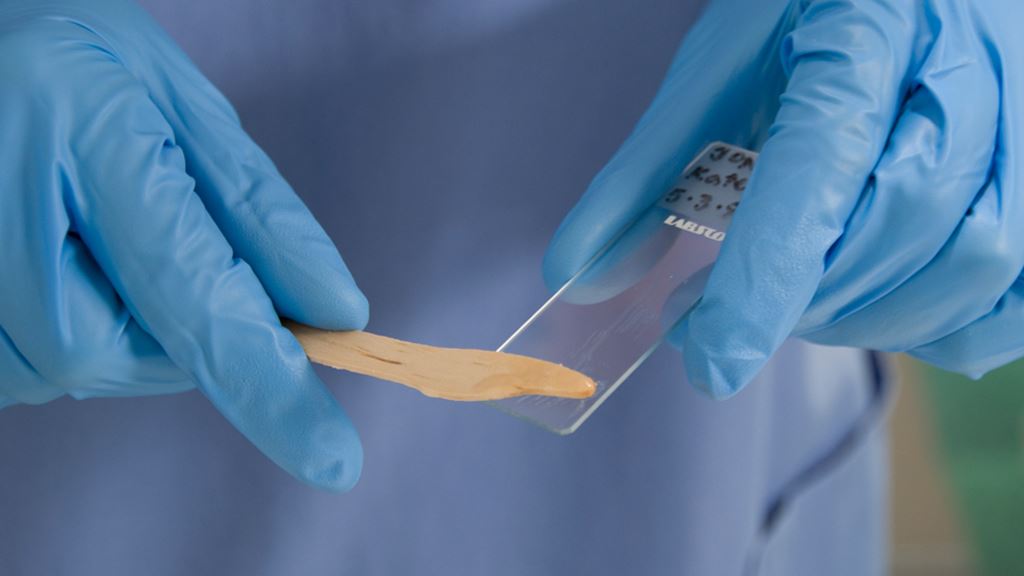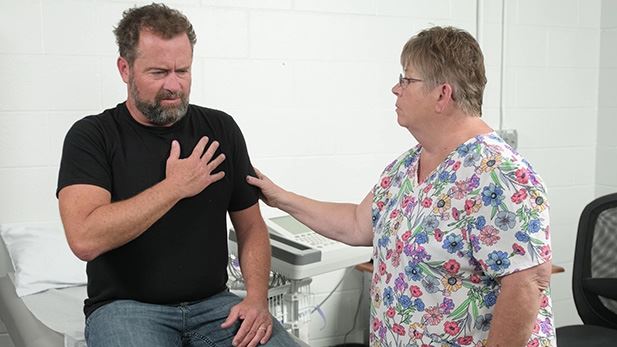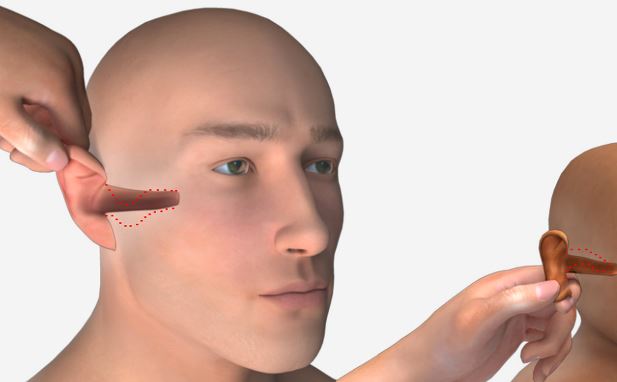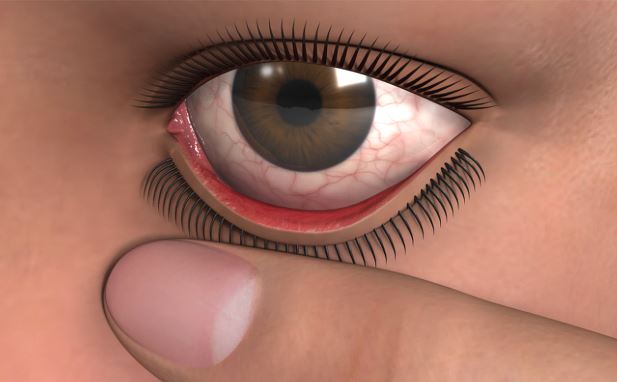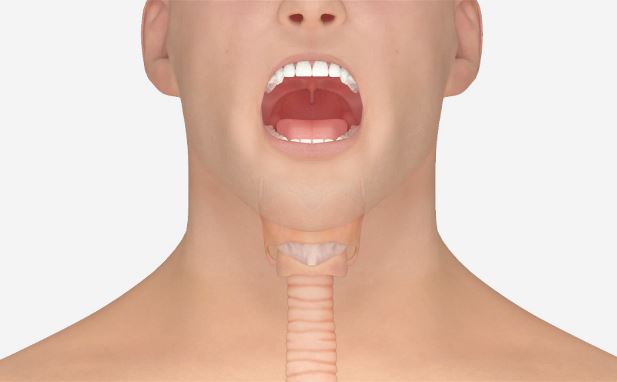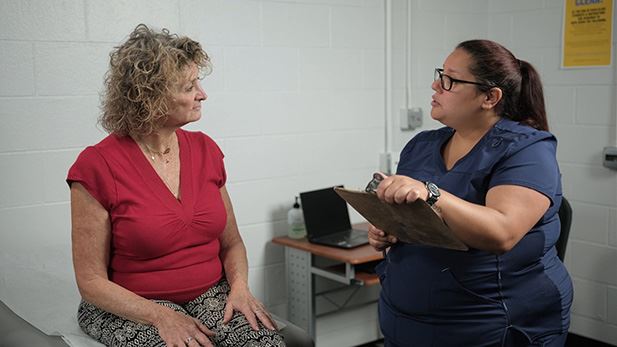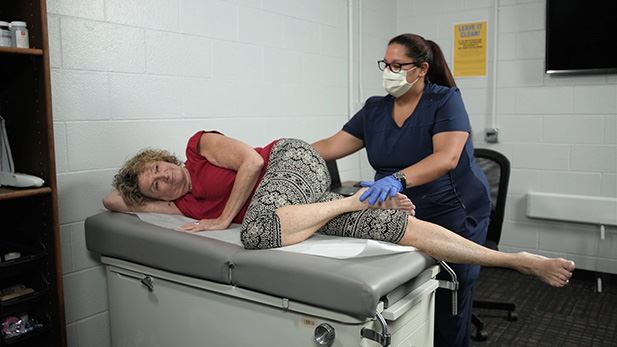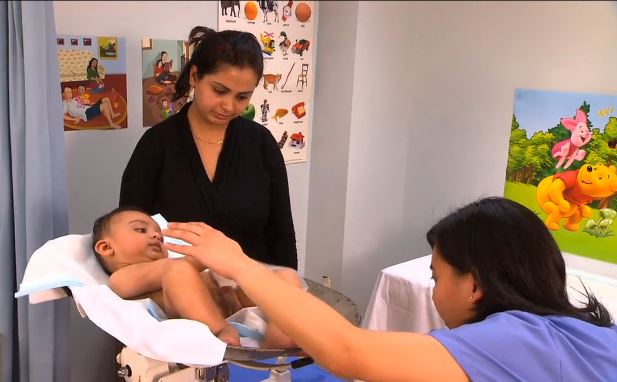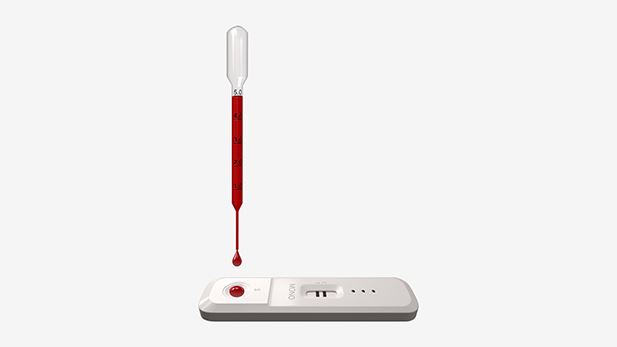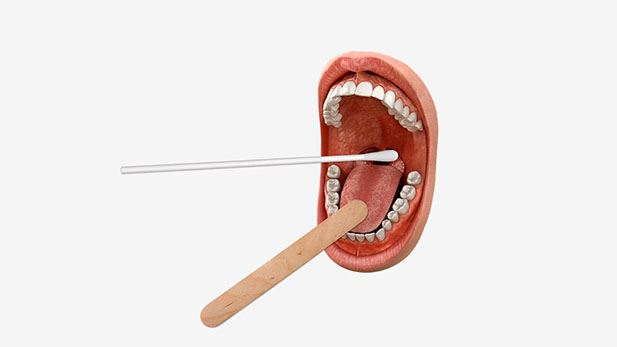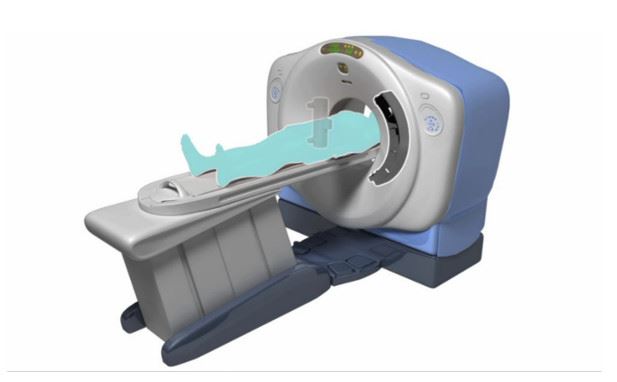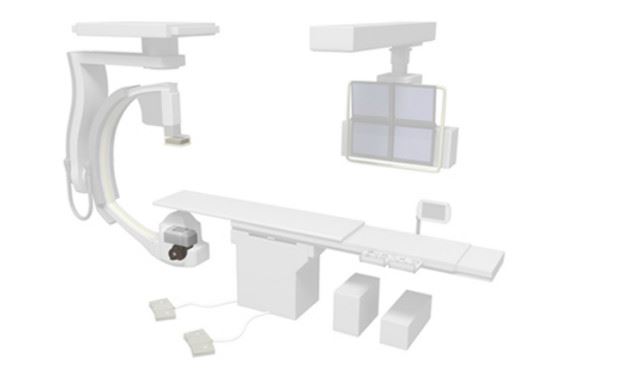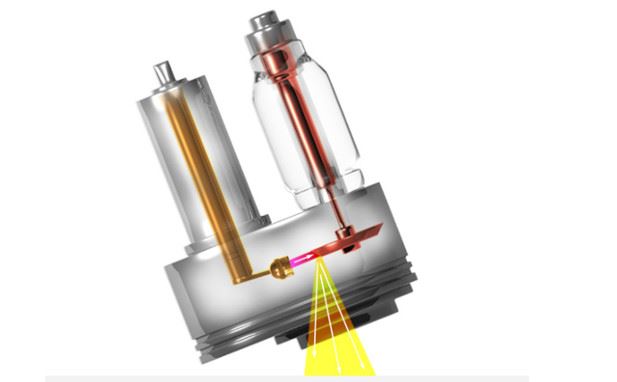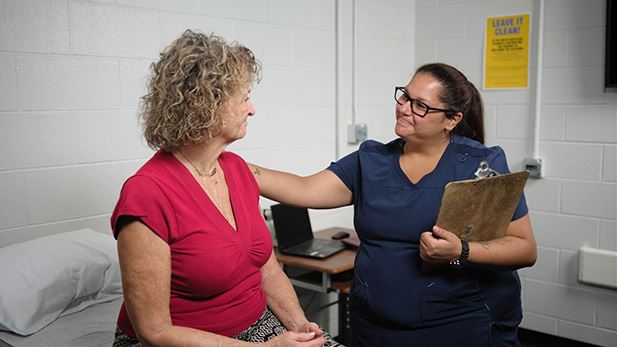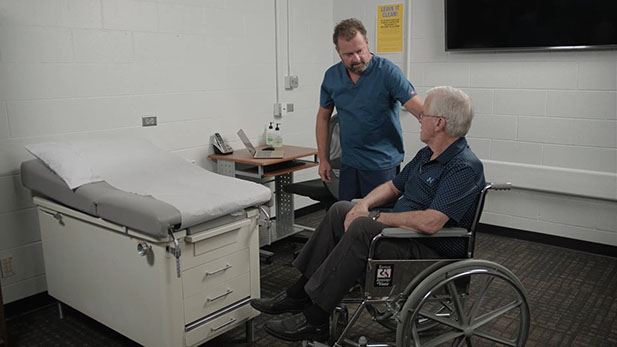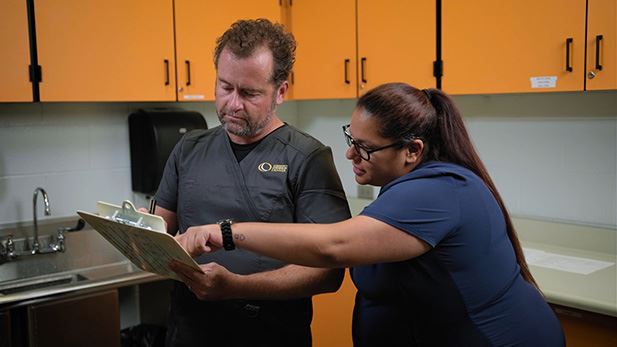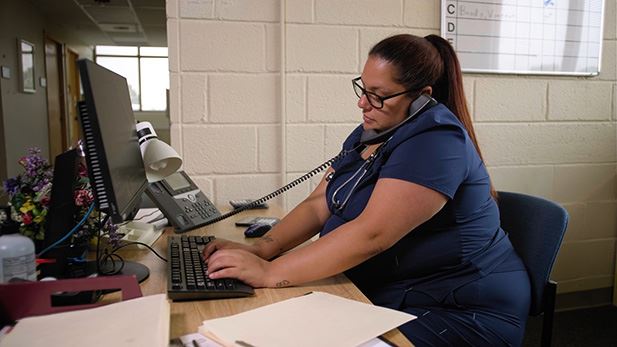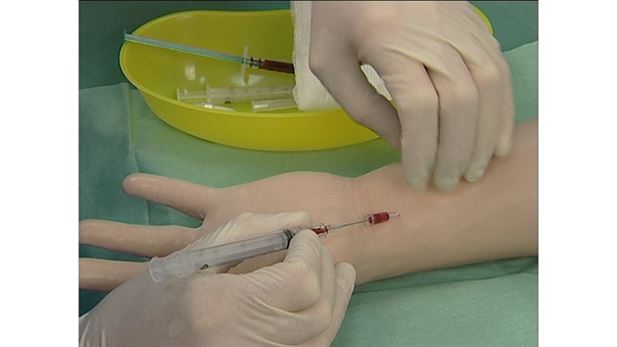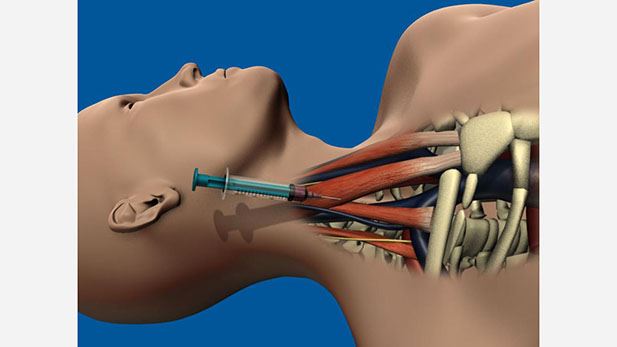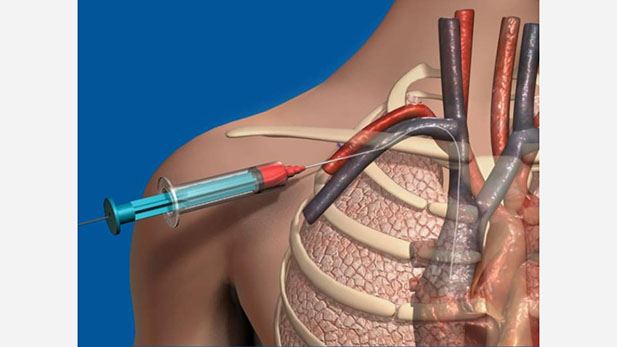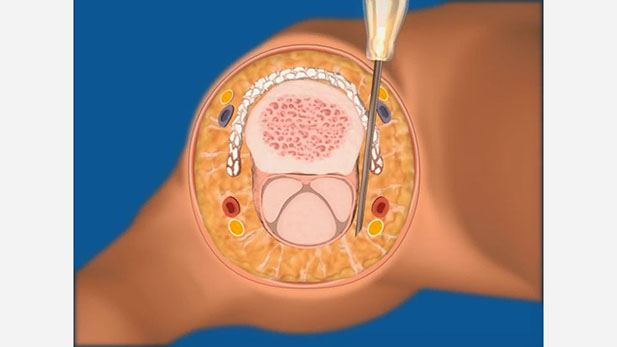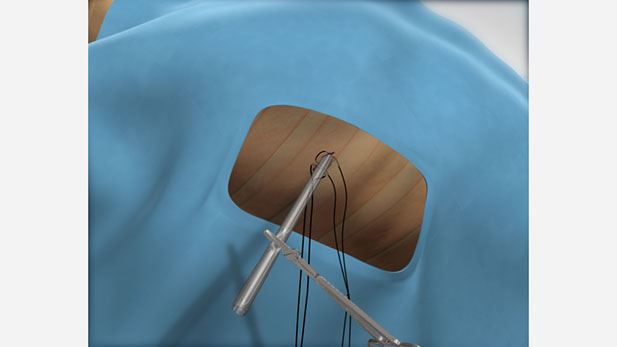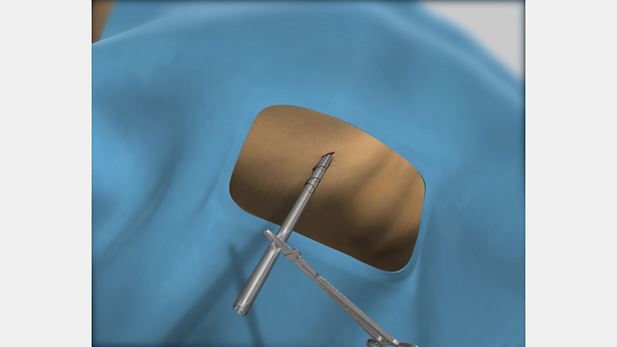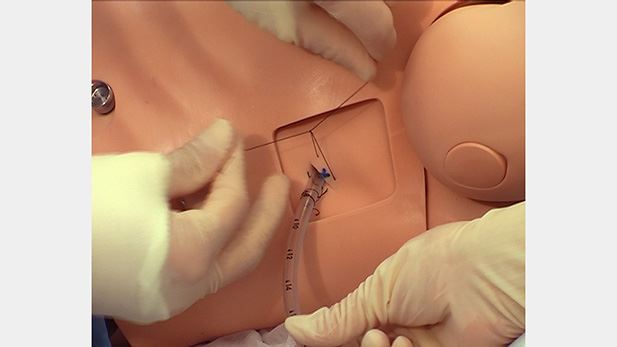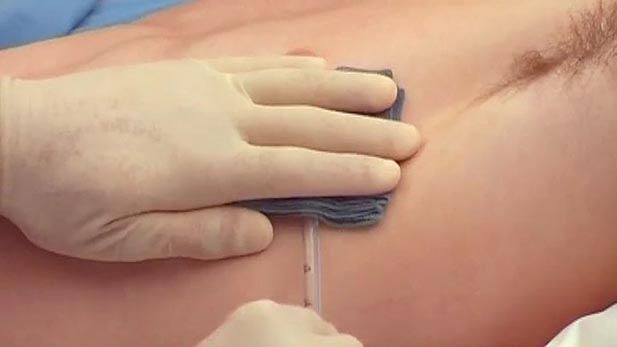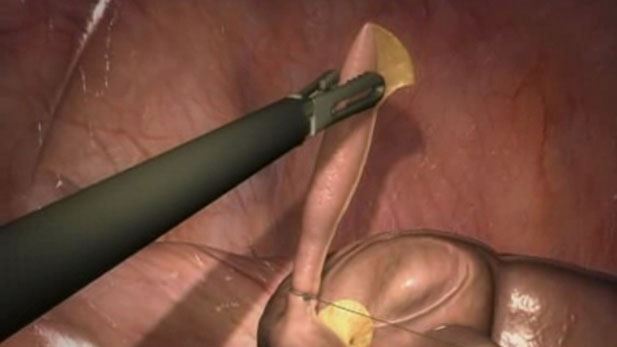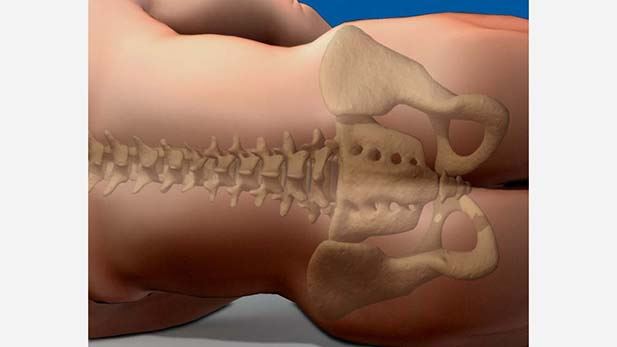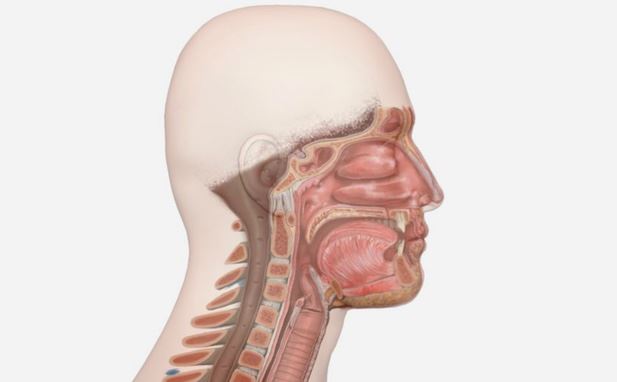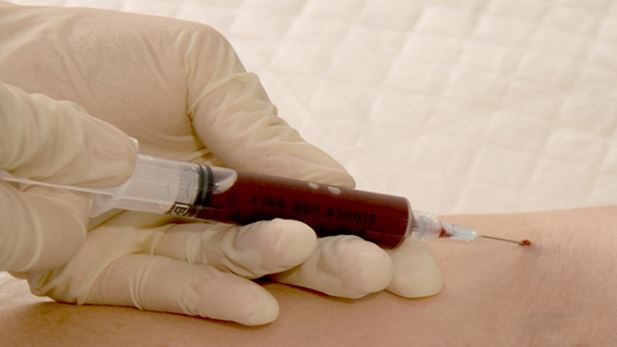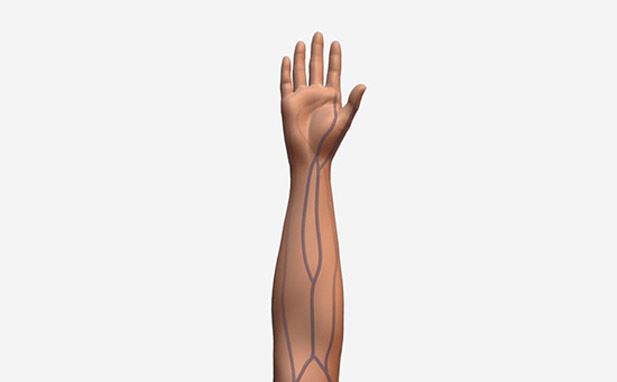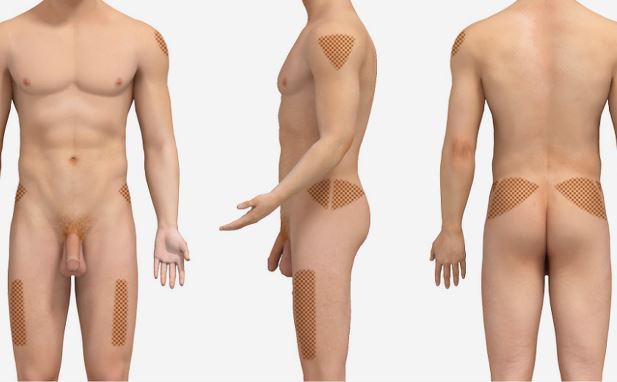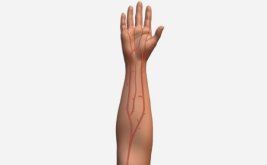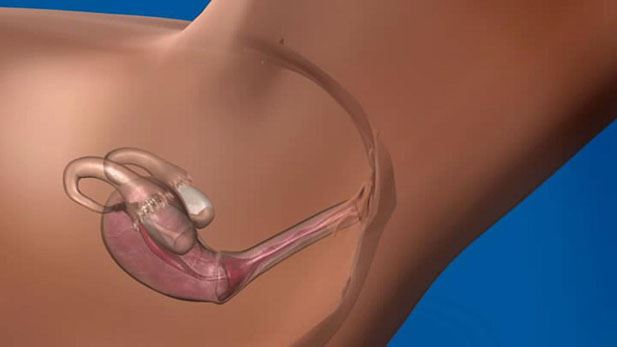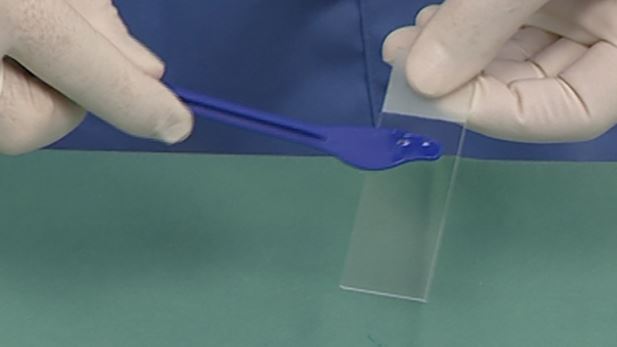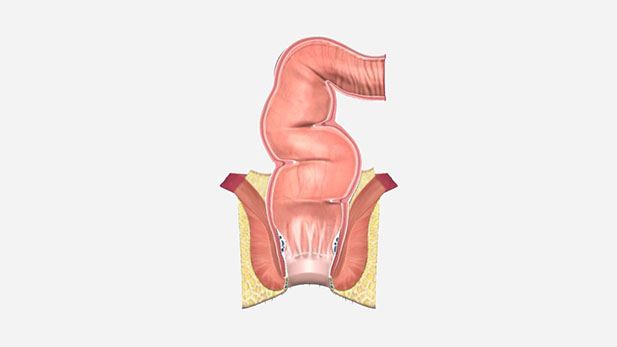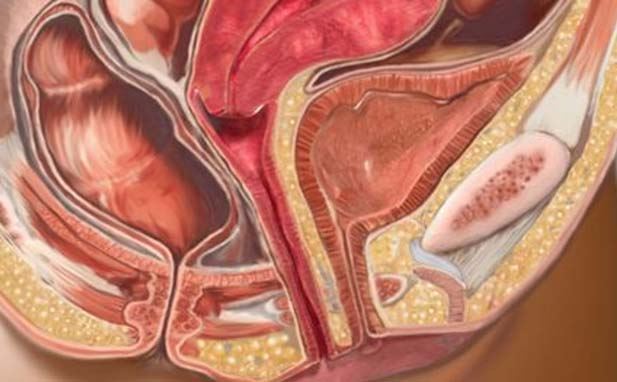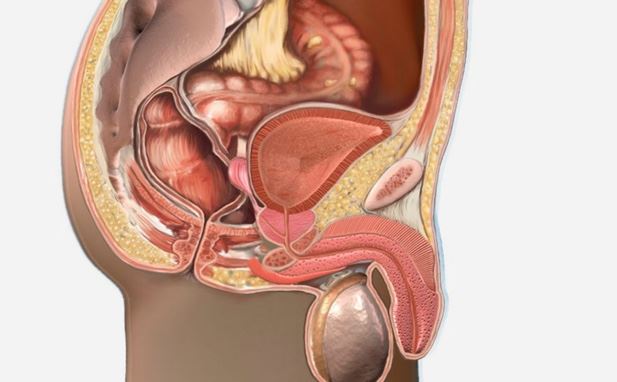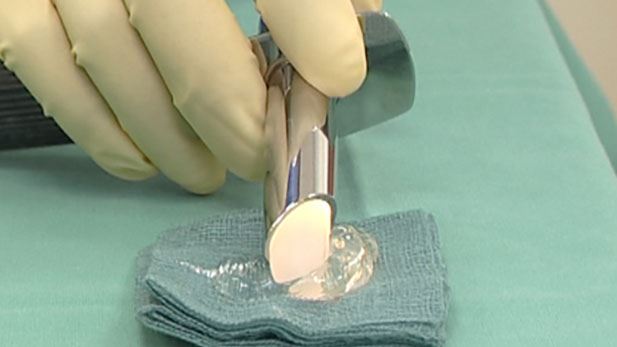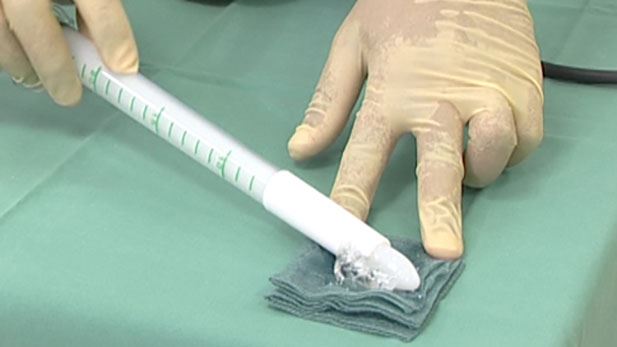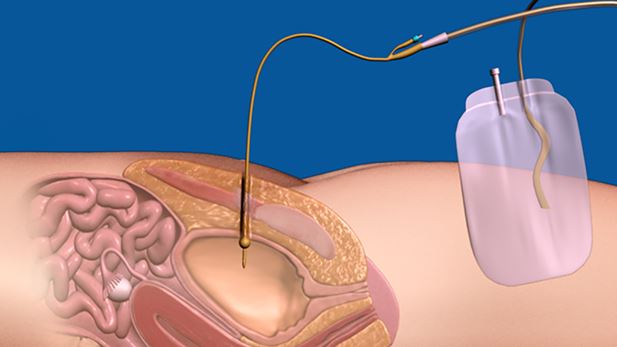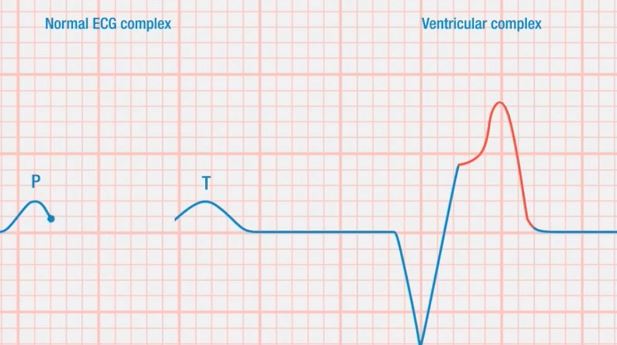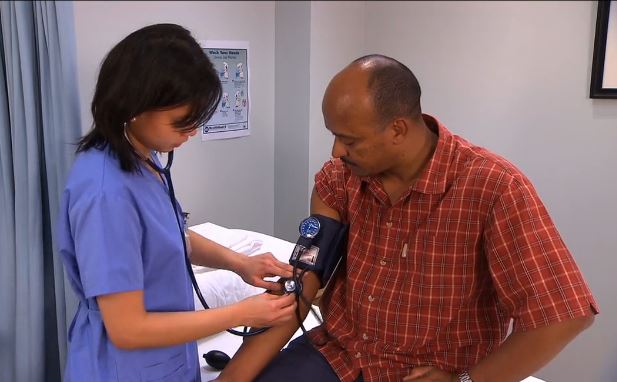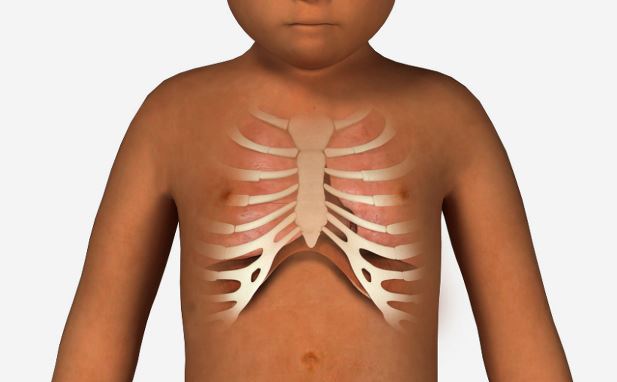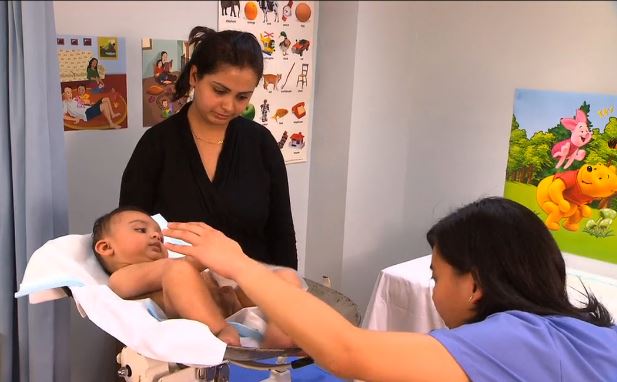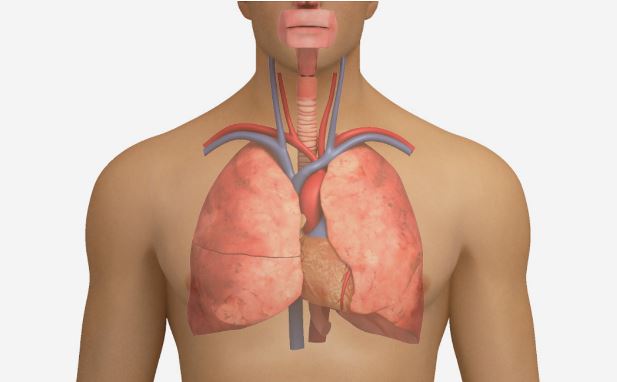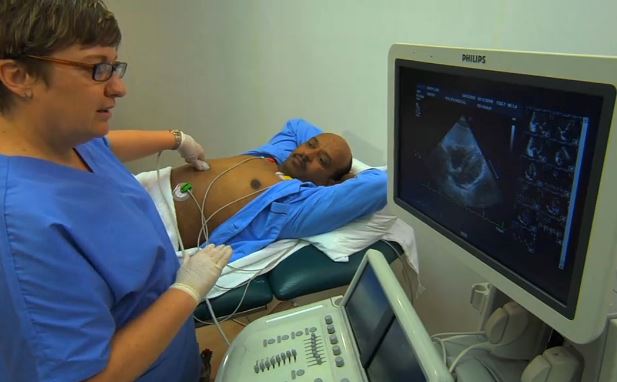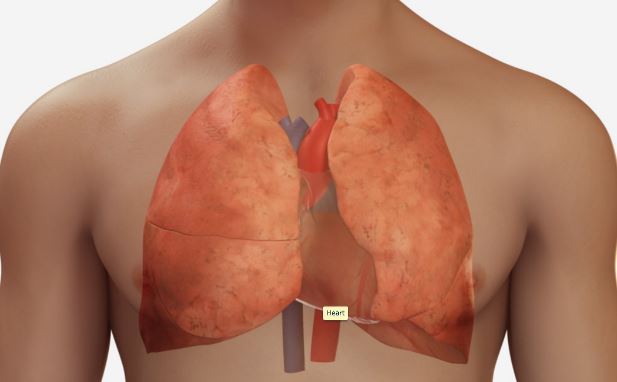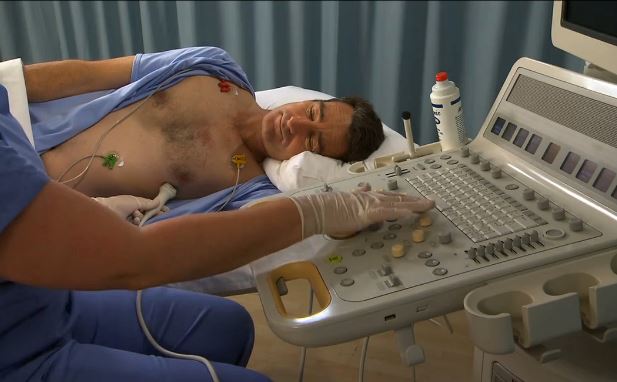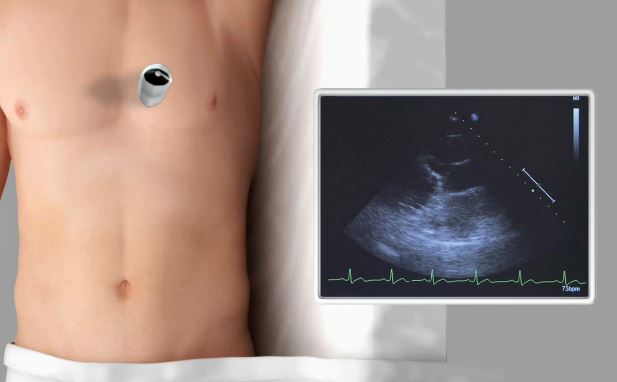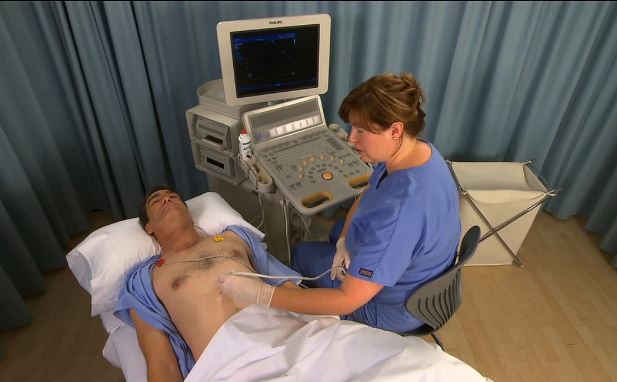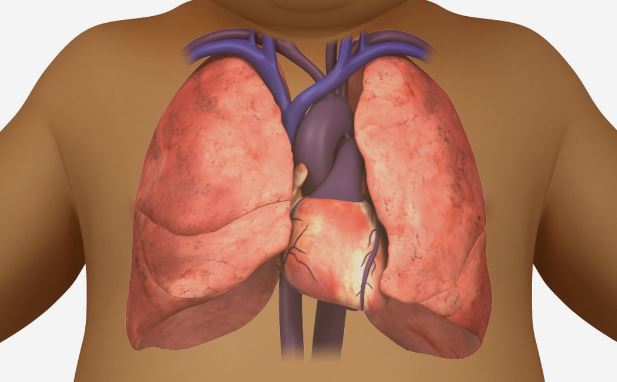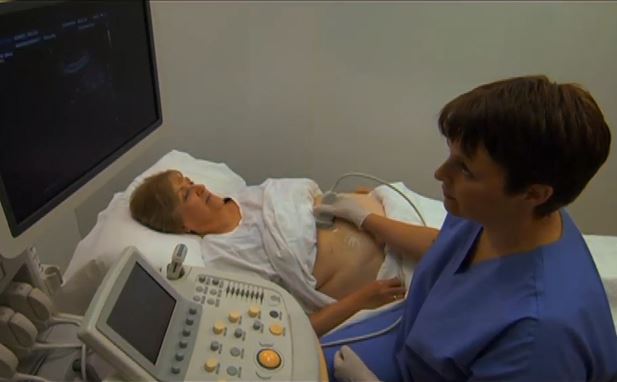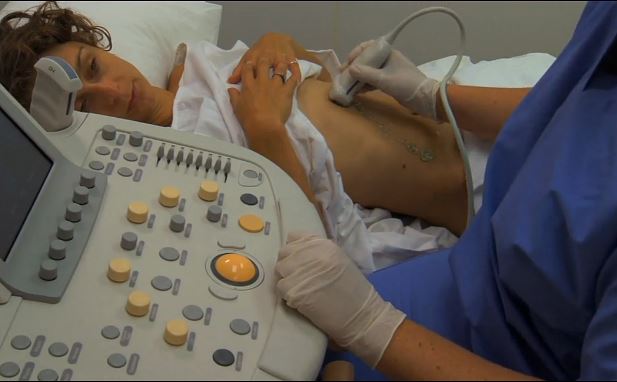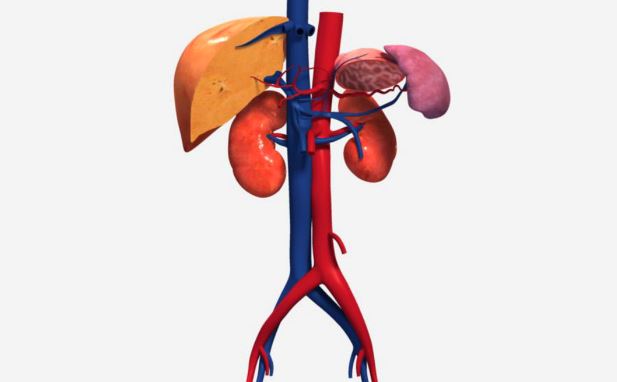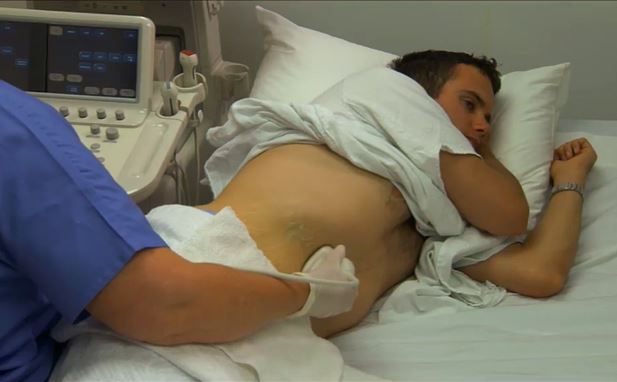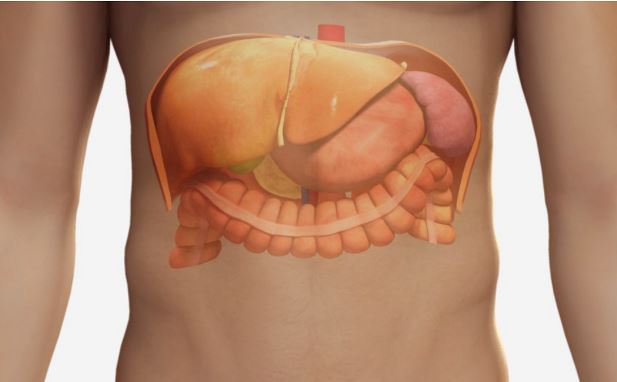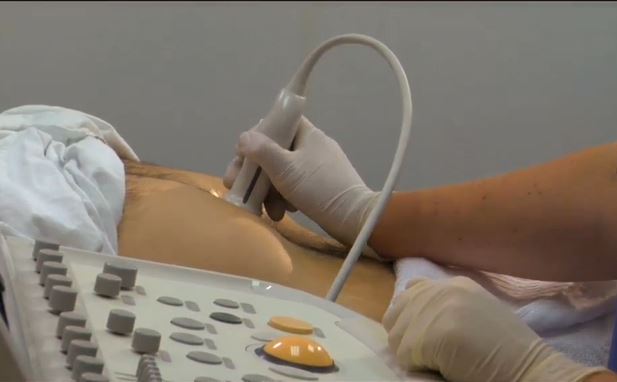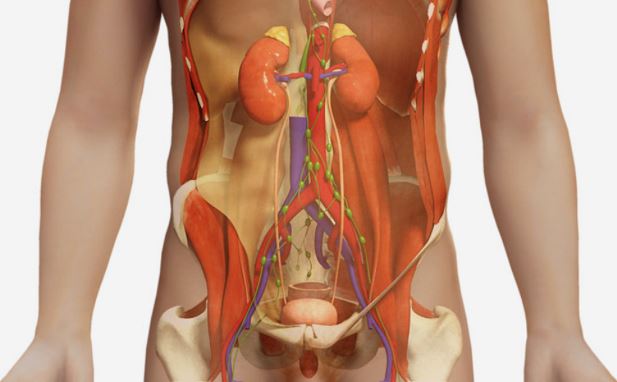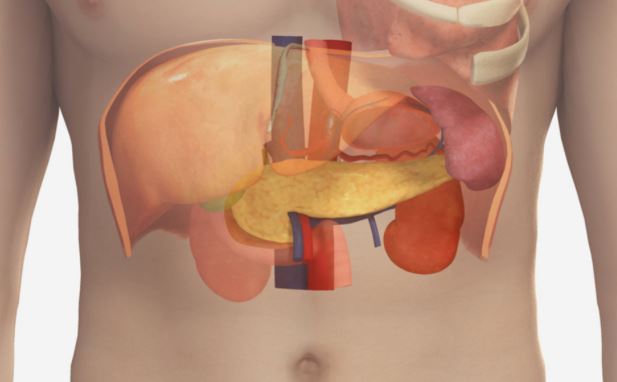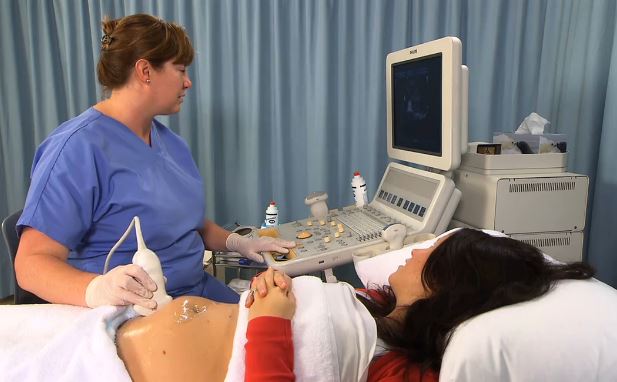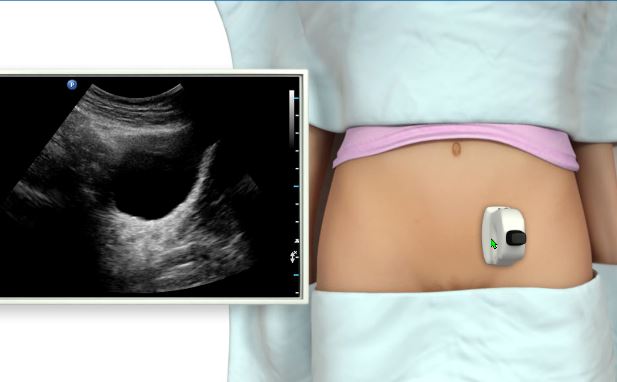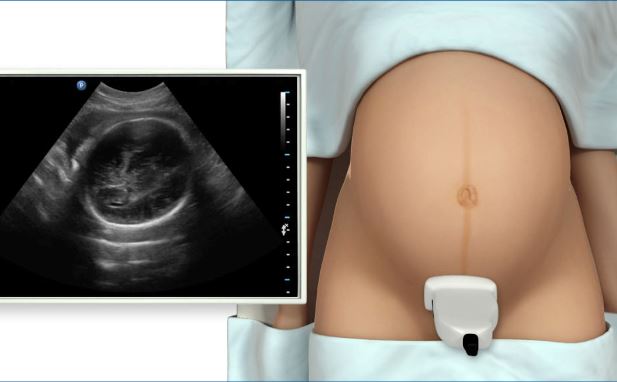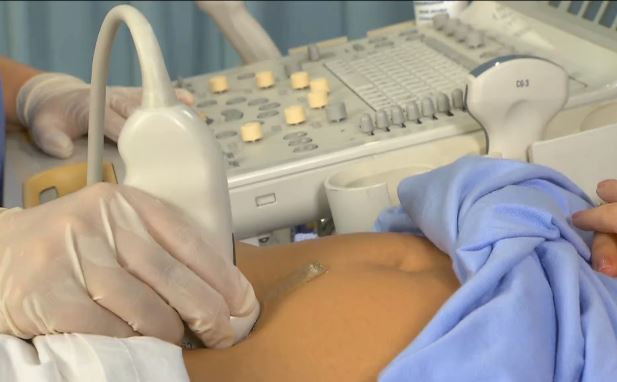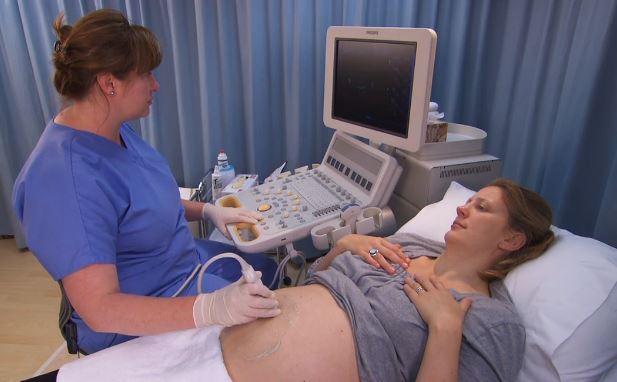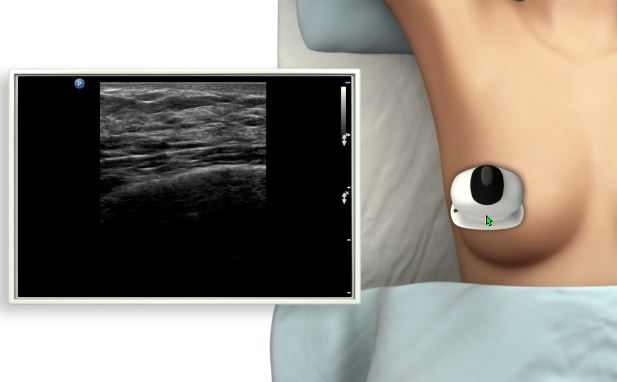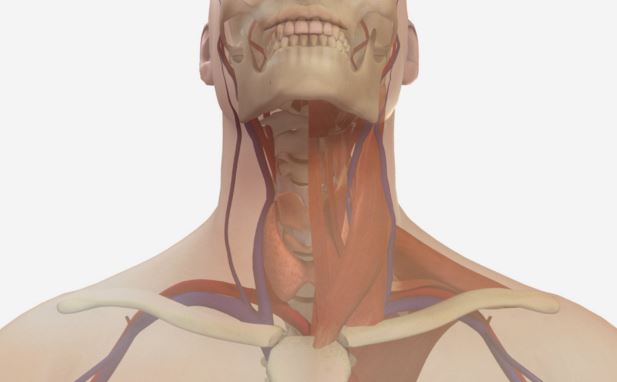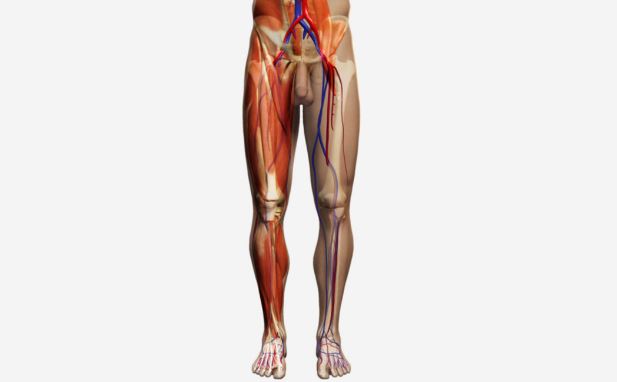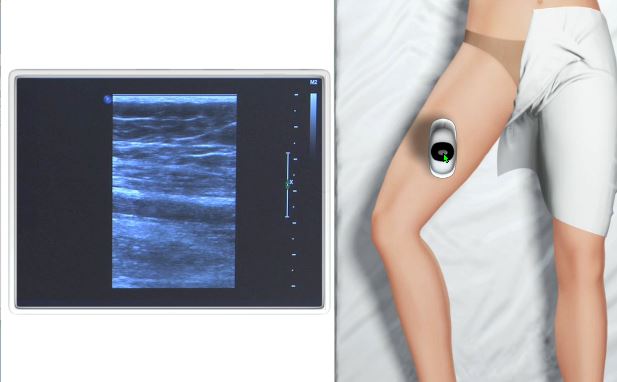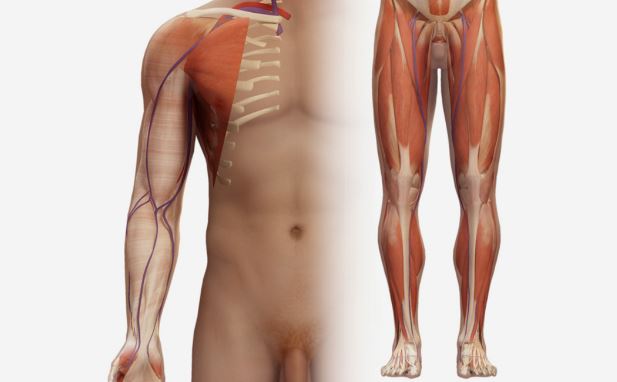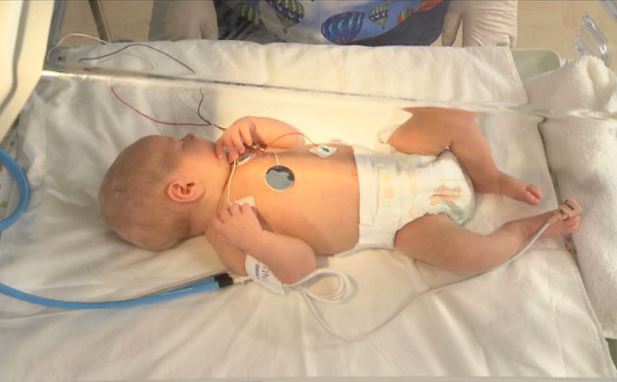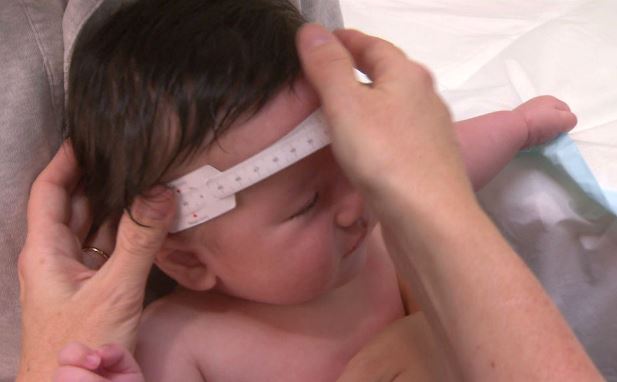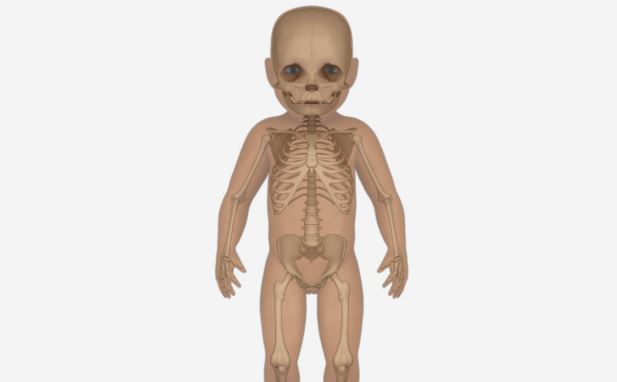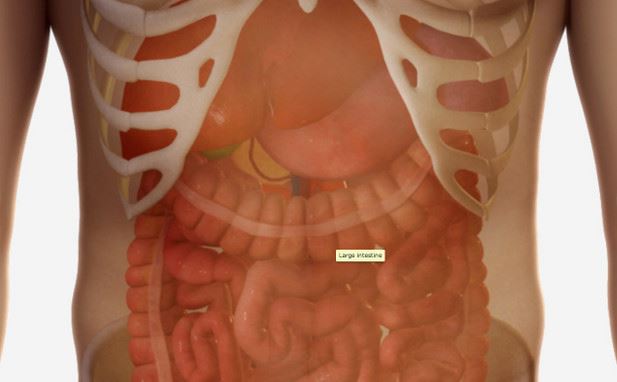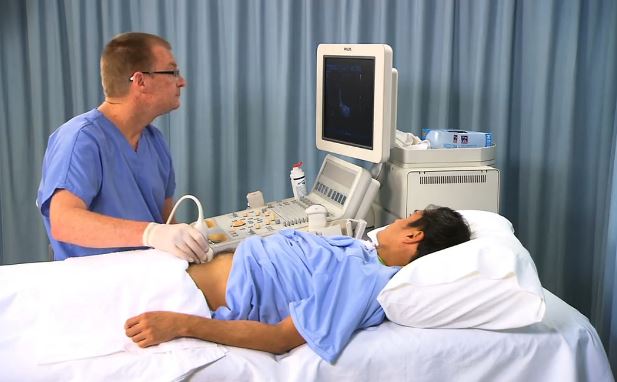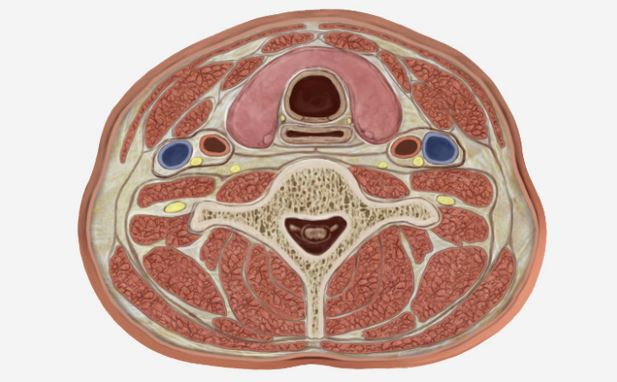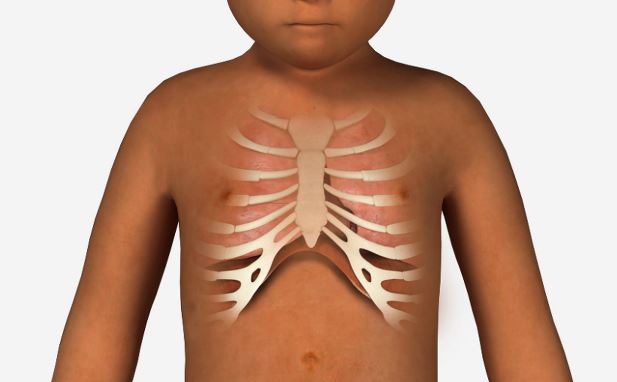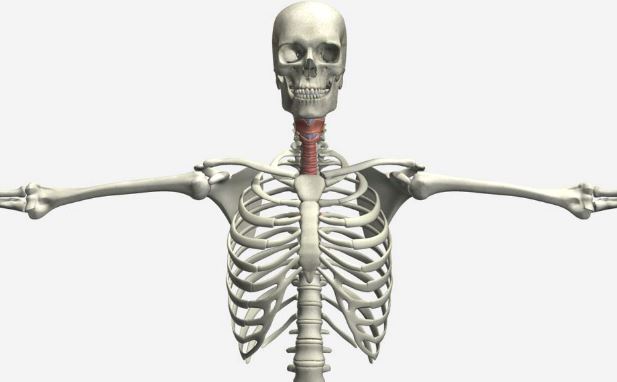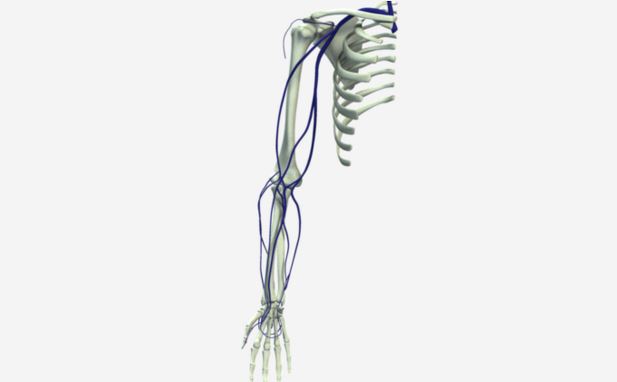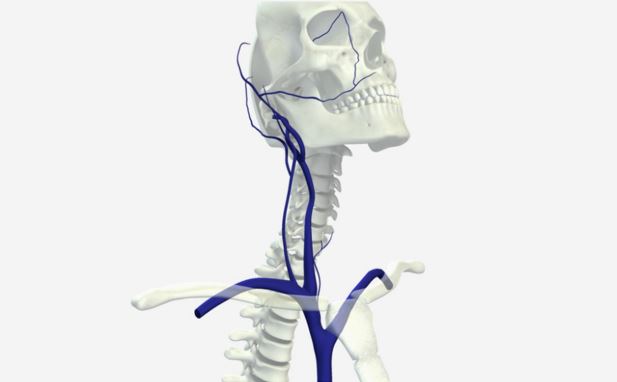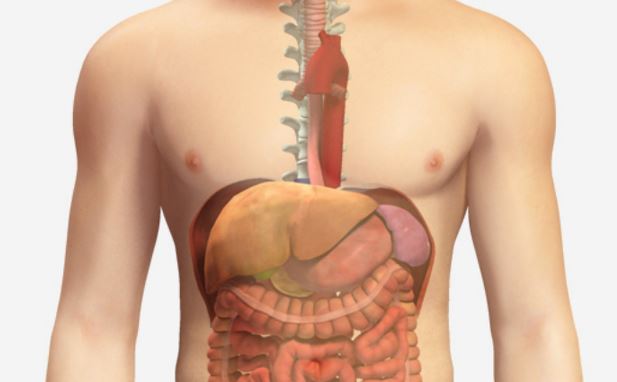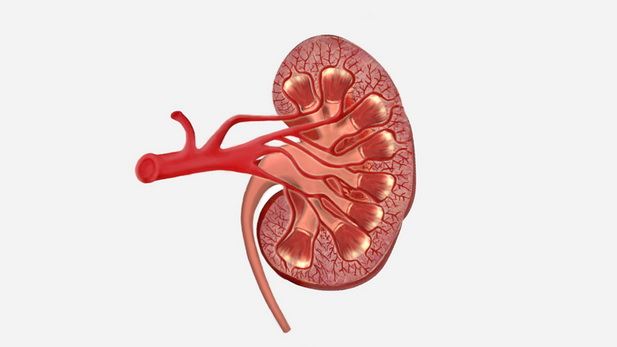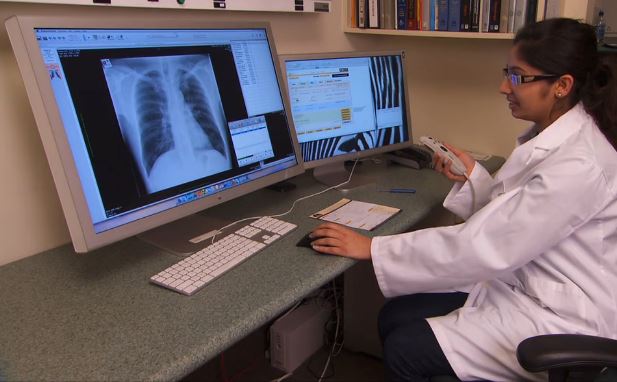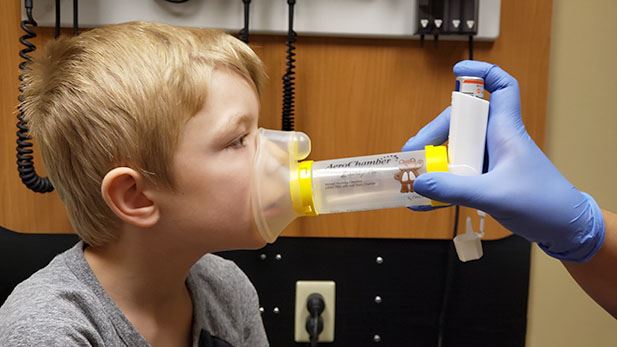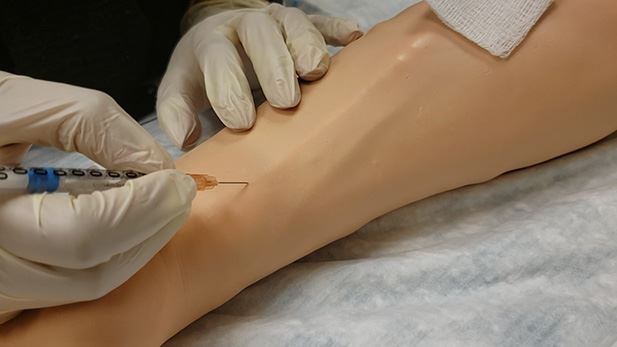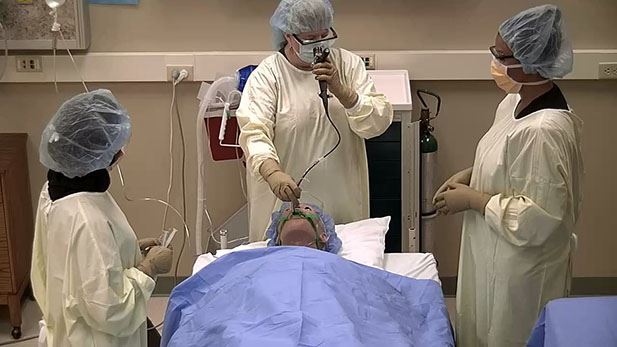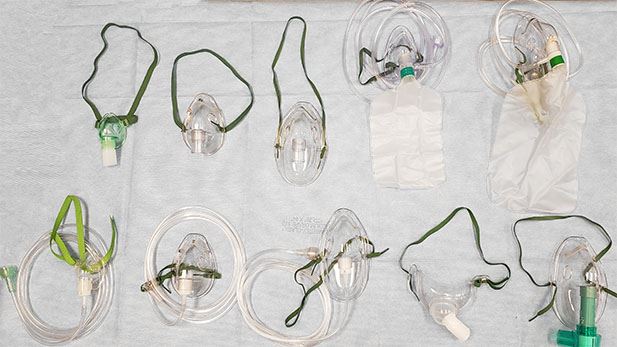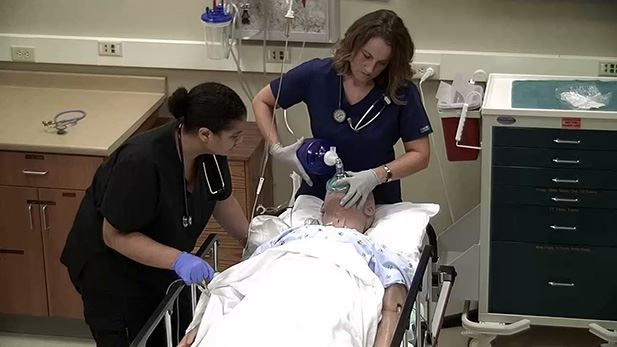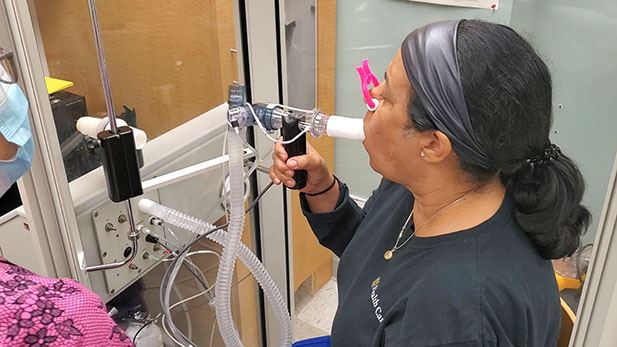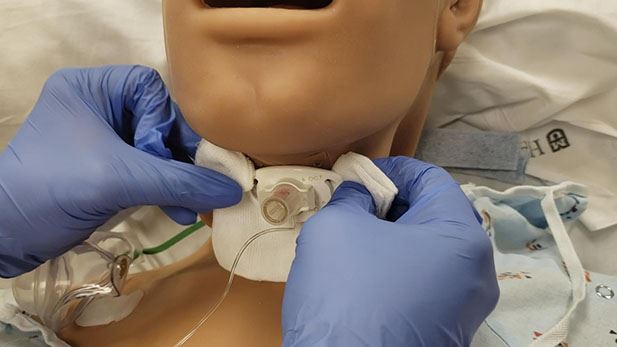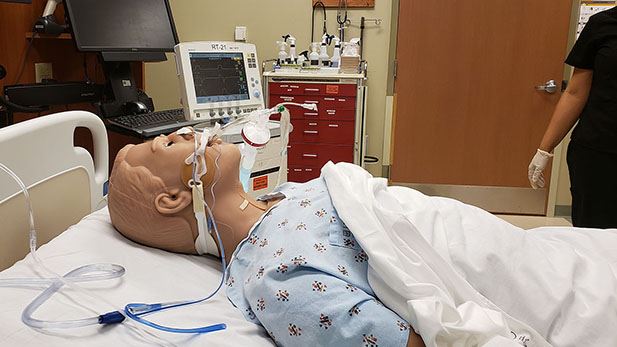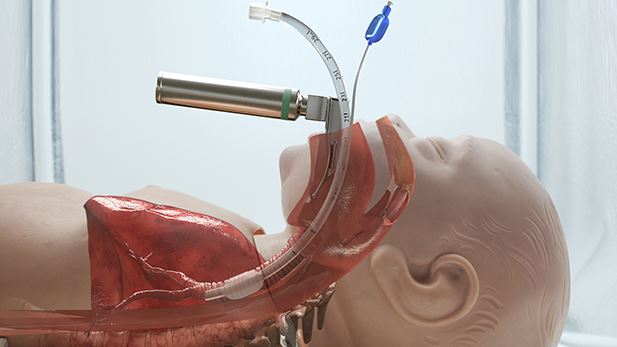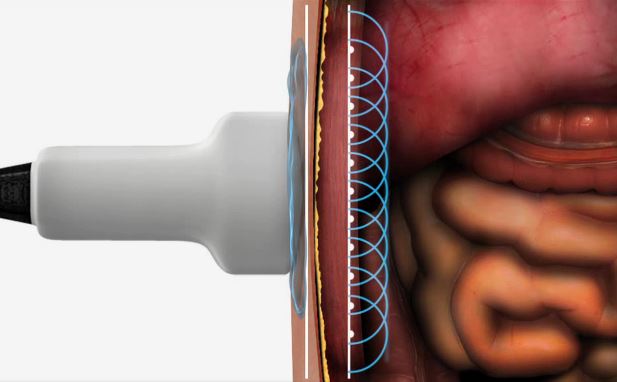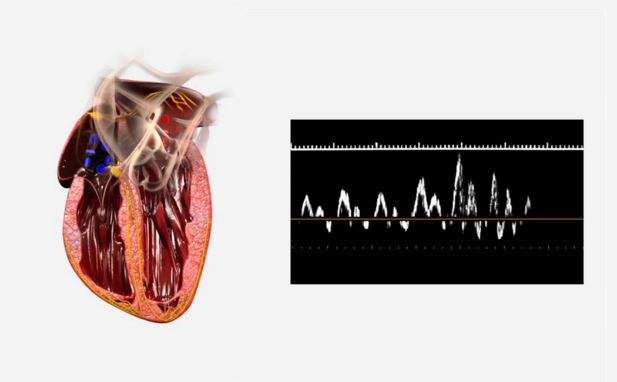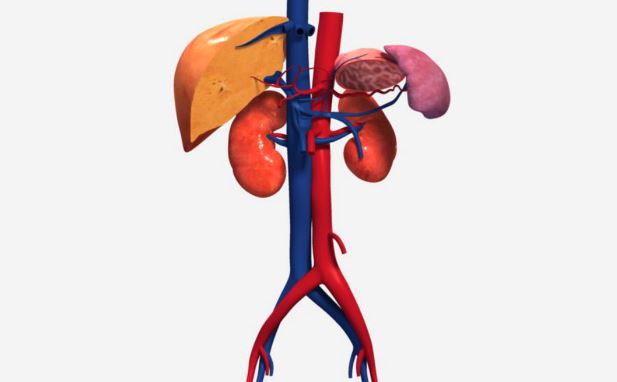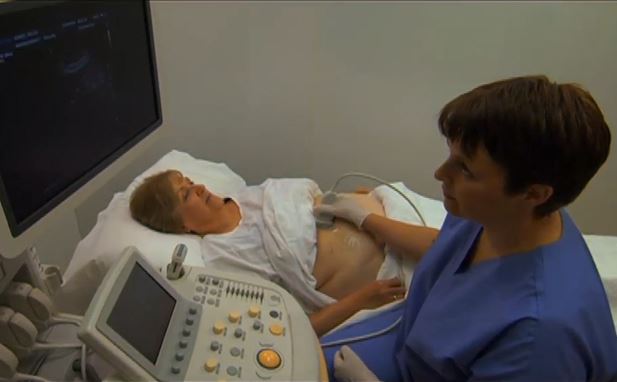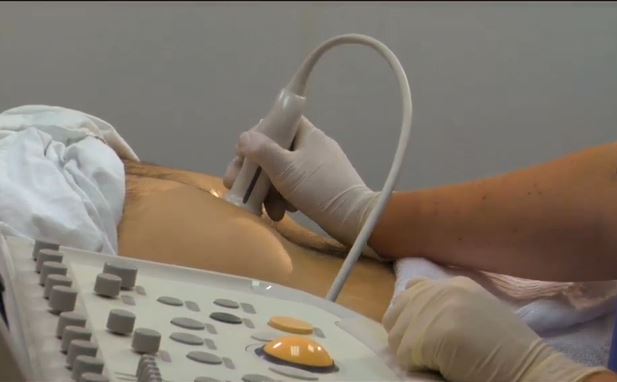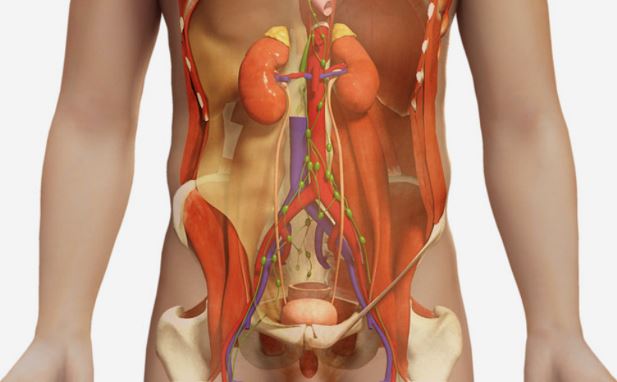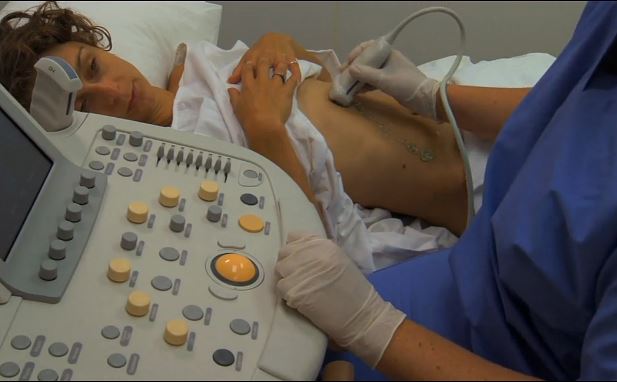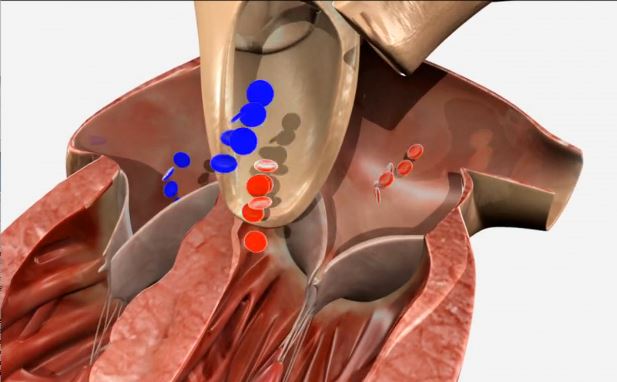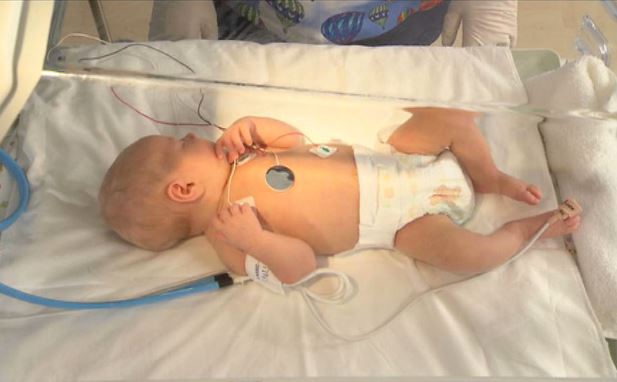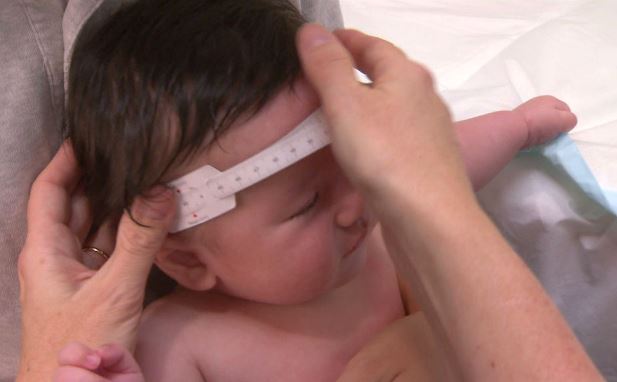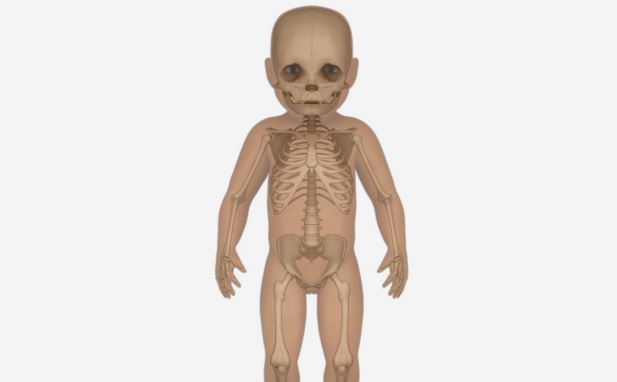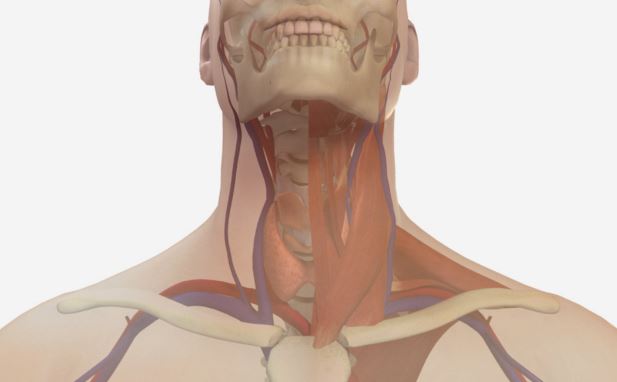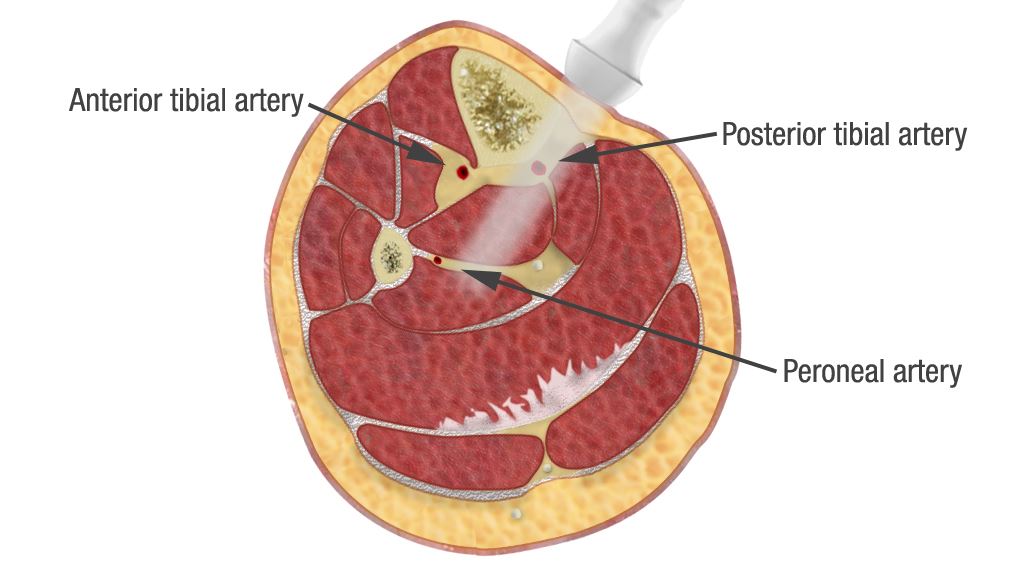

Library
Try Simtics for free
BOOK A DEMO CALL
Browse our module library
Perform Basic Life Support (BLS) on a Child
This module explains the techniques and procedure for performing BLS on a child. Additional modules are also available for adult and infant basic life support.
Perform Basic Life Support (BLS) on an Adult
This course explains the techniques and procedure for performing BLS on an adult. Additional modules are also available for infant and child basic life support.
Perform Basic Life Support (BLS) on an Infant
This module explains the techniques and procedure for performing BLS on an infant. Additional modules are also available for adult and child basic life support.
Disinfection, Sterilization, & Bloodborne Pathogens: Part 1 - ...
This module is part of a 2-volume set. Part 1 of the course provides knowledge of proper disinfection and infection control techniques of the dental equipment and treatment rooms.
Disinfection, Sterilization, & Bloodborne Pathogens: Part 2 - ...
This module is part of a 2-volume set. Part 2 of the course provides knowledge of proper sterilization techniques of dental equipment to help prevent the spread of disease through contaminated equipment.
Assist with Anesthetic Delivery
This course explains the dental assistant’s role in knowing and understanding the various anesthetic solutions and techniques used when administering local anesthesia.
Assist with Crown and Bridge Procedure
This module explains the dental assistant's role in understanding and performing a crown and bridge procedure.
Assist with Minor Oral Surgery
This course explains the dental assistant’s role in knowing and understanding various minor oral surgery techniques during dental treatment.
Assist with Root Canal Therapy
This module explains the dental assistant's role in how to prepare for and assist in a root canal therapy procedure.
Assist with Routine Patient Exam
This course explains the dental assistant’s role during a patient exam, including an understanding of basic charting needs, advanced preparation by obtaining and reviewing the patient’s records, having knowledge of the upcoming procedure and ensuring all supplies and equipment are ready for use.
Assist with Amalgam Restoration
This course explains the dental assistant’s role in amalgam restoration for the treatment of decayed teeth.
Assist with Composite Restoration
This course explains the dental assistant’s role in composite restoration for the treatment of decayed teeth.
Dental Radiology 1 - Parallel Technique
This module is part of a 2-volume set. Part I of this module explains the dental assistant’s role in dental radiography procedures; including bitewing and periapical full mouth series radiographs, utilizing the paralleling technique.
Dental Radiology 2 - Bisecting Technique
This module is part of a 2-volume set. Part 2 of this module explains the dental assistant’s role in dental radiography procedures; including bitewing and periapical full mouth series radiographs, utilizing the utilizing the bisection of the angle technique.
Dental Impressions
This module provides knowledge on how to prepare for and take dental impressions.
Communication
This module provides knowledge on how to communicate professionally as a dental assistant.
Dental Ethics and Legal Considerations
This module provides knowledge on how to practice professional ethics as a dental assistant.
Teamwork
This module provides knowledge on how to work well with a team as a dental assistant.
Time Management
This module provides knowledge on how to practice effective time management skills as a dental assistant.
Cardiovascular Pathology
A detailed introduction to pathology of the cardiovascular system, aimed at cardiovascular sonographers and other health professionals who need an understanding of cardiac pathology.
Disinfection and Sterilization in the Outpatient Setting 1
This module is part of a 2-volume set. Part 1 provides knowledge of proper disinfection and infection control techniques of the equipment and treatment rooms.
Disinfection and Sterilization in the Outpatient Setting 2
This module is part of a 2-volume set. Part 2 provides knowledge of proper sterilization techniques of medical equipment to help prevent the spread of disease through contaminated equipment.
ECG Interpretation for Medical Professionals
Learn how to prepare for, record, and interpret a 12-lead ECG.
Electrocardiogram (ECG) 12-Lead
Learn how to prepare for, record and interpret a 12-lead ECG.
Electronic Health Records
This module provides knowledge on the medical assistant's role as it pertains to electronic health records (EHR).
Hand Hygiene
This simulation-only module will allow you to view and demonstrate the steps involved in proper hand hygiene using sanitizer and soap and water.
Isolation Room PPE Protocol (FREE)
This free, simulation-only module will allow you to view and demonstrate the steps to properly put on and remove personal protective equipment.
*Please note that an account is required to access this free module.
Obtain Vital Signs - Adult
This module provides a thorough introduction to the process of obtaining adult vital signs, covering body temperatures, pulse rates, respiratory rates, and blood pressures.
Obtain Vital Signs - Pediatric
Learn the process of obtaining pediatric vital signs, covering body temperatures, pulse rates, respiratory rates, and blood pressures.
Perform Basic Life Support (BLS) on a Child
This module explains the techniques and procedure for performing BLS on a child. Additional modules are also available for adult and infant basic life support.
Perform Basic Life Support (BLS) on an Adult
This course explains the techniques and procedure for performing BLS on an adult. Additional modules are also available for infant and child basic life support.
Perform Basic Life Support (BLS) on an Infant
This module explains the techniques and procedure for performing BLS on an infant. Additional modules are also available for adult and child basic life support.
Perform ECG and Interpret
A medical assistant may be responsible for setting up and performing electrocardiogram (EKG or ECG) testing. This module teaches you how.
Disinfection and Sterilization in the Outpatient Setting 1
This module is part of a 2-volume set. Part 1 provides knowledge of proper disinfection and infection control techniques of the equipment and treatment rooms.
Disinfection and Sterilization in the Outpatient Setting 2
This module is part of a 2-volume set. Part 2 provides knowledge of proper sterilization techniques of medical equipment to help prevent the spread of disease through contaminated equipment.
Hand Hygiene
This simulation-only module will allow you to view and demonstrate the steps involved in proper hand hygiene using sanitizer and soap and water.
Isolation Room PPE Protocol (FREE)
This free, simulation-only module will allow you to view and demonstrate the steps to properly put on and remove personal protective equipment.
*Please note that an account is required to access this free module.
Basic Radiographic Techniques
This module provides a thorough introduction to basic radiographic techniques, and demonstrates how to set up and perform an X-ray procedure.
Digital Radiography and Fluoroscopy, Image Viewing and PACS, a...
This theory module provides an introduction to digital image acquisition, display and storage.
Radiographic Analog Processing
This theory module provides a thorough introduction to radiographic film and film processing, handling and storage.
Radiographic Image Analysis
This information-rich module teaches you about radiographic image analysis, including how to manage the factors that affect image quality.
Radiographic Imaging
This theory module teaches you the key concepts that underpin radiographic imaging such as scatter radiation, exposure, and field size, and the tools and techniques available to create high-quality X-ray images.
Radiography of the Abdomen and Pelvis
This module demonstrates how to set up for and obtain X-rays of the abdomen and pelvis.
Radiography of the Chest, Bony Thorax, and Soft Tissues of the...
This module teaches you how to prepare for, set up and acquire radiographic projections of the chest, bony thorax and soft tissue of the neck and upper airways.
Radiography of the Lower Extremity and Hip
This module teaches you how to prepare for, set up and obtain radiographs of the lower extremity and hip
Radiography of the Skull, Cranial and Facial Bones, and Parana...
This SIMTICS module teaches you how to prepare for, set up, and obtain radiographs of the skull, cranial and facial bones, and paranasal sinuses. Including both practice and test modes, the online simulator features three different patient scenarios.
Radiography of the Spinal Column
This module teaches you how to prepare for, set up and obtain radiographic images of the spinal column. Including both practice and test modes, the online procedure simulator offers three different scenarios that might be encountered in a clinical setting.
Radiography of the Upper Extremity and Shoulder Girdle
This module teaches you how to prepare for, set up and obtain radiographic projections of the upper extremity and shoulder girdle.
Administer Intradermal Injections
Intradermal injections are commonly used for antibody and allergy testing, where the substance needs to be injected between the layers of the skin.
Administer Intramuscular Injections
Learn how to prepare for and administer intramuscular injections into the deltoid, vastus lateralis, dorsogluteal and ventrogluteal using powdered and liquid medication.
Administer Subcutaneous Injections
Learn how to prepare for and administer subcutaneous injections into the various sites using medication from vials and ampules.
Obtain Vital Signs - Adult
This module provides a thorough introduction to the process of obtaining adult vital signs, covering body temperatures, pulse rates, respiratory rates, and blood pressures.
Obtain Vital Signs - Pediatric
Learn the process of obtaining pediatric vital signs, covering body temperatures, pulse rates, respiratory rates, and blood pressures.
Assist with Minor Surgical Procedures
Learn how to assist the physician with minor surgery such as irrigating and cleaning a wound, suturing a laceration, or removing a foreign entity or a small growth.
Perform Skin Preparation for Minor Surgical Procedures
As a nurse or medical assistant in a doctor's office, you may be asked to perform pre-surgery skin preparation. Learn how to perform skin preparation for minor surgical procedures.
Perform Suture Removal
Learn how to remove sutures and practice the steps of the procedure as often as you want, until you feel confident.
Prepare for Minor Surgical Procedures
Learn how to prepare for minor surgical procedures, correctly open the surgical instrument pack, and add required sterile instruments, while using a sterile technique.
Perform Capillary Puncture and Hematology Testing
Learn how to prepare for, perform, and document safe and correct techniques using capillary puncture from a variety of adult and infant collection sites.
Perform Venipuncture
This module covers how to prepare for and perform safe and correct methods for blood collection, using a variety of venipuncture (phlebotomy) techniques.
Administer Nebulizer Treatment and Assess Peak Flow
This module covers how to prepare for and administer nebulizer treatment, assess peak flow and perform a spirometric test.
Assist with Pap Smear and Breast Examination
The Papanicolaou (Pap) smear is a test used to detect pre-cancerous and cancerous changes in the uterine cervix. Learn how to assist the physician to perform this procedure.
Electronic Health Records
This module provides knowledge on the medical assistant's role as it pertains to electronic health records (EHR).
Handling Medical Emergencies
This module provides knowledge on the medical assistant's role in the handling of medical emergencies.
Irrigate the Ear and Instill Ear Medication
This module provides a detailed overview of how to prepare for and perform irrigation of the patient’s ear and instill ear medication.
Irrigate the Eye and Instill Eye Medication
As a nurse or medical assistant in a doctor's office, you may be asked to assist with minor eye injuries or eye treatment. Learn how to perform this procedure.
Obtain Swabs for Culture
Learn how to prepare for and obtain swabs for culture from the back of the throat and from wounds.
Patient History
This module provides knowledge on the medical assistant's role in taking patient history.
Patient Positioning
This module provides knowledge on the medical assistant's role in assisting the physician with patient positioning.
Pediatric Assessment (Infant)
A pediatric assessment is carried out as part of a well-child visit to determine growth and developmental patterns, and assists in identifying congenital problems, abnormalities, and disorders. Learn how.
Perform ECG and Interpret
A medical assistant may be responsible for setting up and performing electrocardiogram (EKG or ECG) testing. This module teaches you how.
Perform Rapid Infectious Mononucleosis Test
Learn how to prepare for and administer a rapid infectious mononucleosis test.
Perform Rapid Strep Test
Learn how to prepare for and administer a rapid strep test.
Perform Routine Clinical Urinalysis Test
Learn how to prepare for and administer a routine clinical urinalysis test.
Disinfection and Sterilization in the Outpatient Setting 1
This module is part of a 2-volume set. Part 1 provides knowledge of proper disinfection and infection control techniques of the equipment and treatment rooms.
Disinfection and Sterilization in the Outpatient Setting 2
This module is part of a 2-volume set. Part 2 provides knowledge of proper sterilization techniques of medical equipment to help prevent the spread of disease through contaminated equipment.
Basic Radiographic Techniques
This module provides a thorough introduction to basic radiographic techniques, and demonstrates how to set up and perform an X-ray procedure.
Computed Tomography and Magnetic Resonance Imaging
This module covers the basic principles of CT, spiral CT and MRI scanning, the differences between them, and advantages of each.
Fluoroscopy and Interventional Radiology
This theory module provides an overview of fluoroscopy and interventional radiology.
Mammography, Bone Densitometry, and Quality Control
This module provides an overview of mammography and bone densitometry, enhanced forms of X-ray technology that are used, respectively, to examine breast tissue and measure bone loss.
Communication
This module provides knowledge on how to communicate professionally as a medical assistant.
Medical Ethics and Legal Considerations
This module provides knowledge on how to practice professional ethics as a medical assistant.
Teamwork
This module provides knowledge on how to work well with a team as a medical assistant.
Time Management
This module provides knowledge on how to practice effective time management skills as a medical assistant.
Arterial Line Insertion for Medical Professionals
Arterial line placement is often used in the management of critically ill patients for continuous blood pressure monitoring and to allow frequent blood gas sampling.
Central Venous Catheterization – Internal Jugular for Medical ...
This module teaches you how to safely prepare for and insert a central venous catheter into the jugular vein.
Central Venous Catheterization – Subclavian for Medical Profes...
Central venous catheterization is a common procedure carried out in a hospital setting and is used for a variety of reasons including intravenous administration of specific drugs, parenteral nutrition, hemodialysis, and to aid in the diagnosis of cardiac failure.
Digital Block for Medical Professionals
This module teaches you how to safely prepare for and perform a digital block of the fingers.
Intercostal Drain Insertion (Mattress Suture Technique) for Me...
This module teaches you how to safely prepare for and perform the insertion of an intercostal drain, using the mattress suture technique.
Intercostal Drain Insertion (Simple Technique) for Medical Pro...
This module teaches you how to safely prepare for and perform the insertion of an intercostal drain, using the simple technique.
Intercostal Drain Removal (Mattress Suture Technique) for Medi...
This module teaches you how to safely prepare for and perform the removal of an intercostal drain, using the mattress suture technique.
Intercostal Drain Removal (Simple Technique) for Medical Profe...
This module teaches you how to safely prepare for and perform the removal of an intercostal drain, using the simple technique.
Laparoscopic Appendectomy for Medical Professionals
This module teaches you how to safely prepare for and perform a laparoscopic appendectomy.
Lumbar Puncture for Medical Professionals
This module teaches you how to safely prepare for and perform a lumbar puncture.
Nasogastric Tube Insertion for Medical Professionals
Nasogastric (NGT) tube insertion is a common procedure that provides access to the stomach and can be uncomfortable for the patient if the procedure is not carried out correctly. Learn how to insert an NGT tube safely.
Venipuncture for Medical Professionals
This module covers how to prepare for and perform safe and correct methods for blood collection, using the vacuum collection technique and evacuated tube method.
Venous Cannulation for Medical Professionals
Venous cannulation is used for intravenous administration of fluids, drugs, parenteral nutrition, or radio opaque contrast media; also, to allow frequent or repeated blood sampling.
Administer Intradermal Injections for Medical Professionals
Intradermal injections are commonly used for antibody and allergy testing, where the substance needs to be injected between the layers of the skin.
Administer Intramuscular Injections for Medical Professionals
Learn how to prepare for and administer intramuscular injections into the deltoid, vastus lateralis, dorsogluteal, and ventrogluteal muscles, using powdered and liquid medication.
Administer Subcutaneous Injections for Medical Professionals
Learn how to prepare for and administer subcutaneous injections into the various sites using medication from vials and ampules.
Arterial Blood Sampling for Medical Professionals
Arterial blood sampling for blood gas analysis (ABG) is often practiced in the hospital setting to help make a diagnosis, indicate the severity of a condition and assess treatment.
Bimanual Pelvic Exam for Medical Professionals
This module covers the technique of a bimanual pelvic examination.
Cervical Smear for Medical Professionals
The cervical smear is a test used to detect pre-cancerous and cancerous changes in the uterine cervix.
Digital Rectal Examination for Medical Professionals
A medical examination in which the lower rectum, pelvis, and lower abdomen are examined, to detect cancer or other serious health issues.
Female Bladder Catheterization for Medical Professionals
This module covers the technique of female urethral bladder catheterization.
Male Bladder Catheterization for Medical Professionals
This module covers the technique of male urethral catheterization.
Proctoscopy for Medical Professionals
A medical procedure in which an instrument known as a proctoscope is used to examine the rectum and anus, to detect for colorectal cancer or other health issues.
Rigid Sigmoidoscopy for Medical Professionals
A medical procedure in which an instrument known as a sigmoidoscope is used to examine the rectum and lower colon, to detect for cancer or other health issues.
Suprapubic Bladder Catheterization for Medical Professionals
This module enables you to learn how to safely perform a suprapubic bladder catheterization.
Swab Culture for Medical Professionals
Learn how to prepare for and obtain swabs for culture from the back of the throat and from wounds.
12-lead Electrocardiogram for Medical Professionals
Learn how to prepare for and record a 12-lead ECG.
Capillary Puncture and Hematology Testing for Medical Professi...
Learn how to prepare for, perform, and document safe and correct techniques using capillary puncture.
ECG Interpretation for Medical Professionals
Learn how to prepare for, record, and interpret a 12-lead ECG.
Irrigate the Ear and Instill Ear Medication for Medical Profes...
This module provides an overview of how to prepare for and perform irrigation of the patient's ear and instill ear medication.
Irrigate the Eye and Instill Eye Medication for Medical Profes...
This module teaches you how to prepare for and perform irrigation of the patient's eye and instill eye medication.
Minor Surgical Procedures for Medical Professionals
This module explains how to prepare for, and safely assist with, minor surgical procedures such as irrigating and cleaning a wound, suturing a laceration, or removing a foreign entity or a small growth.
Nebulizer Treatment and Peak Flow Assessment for Medical Profe...
This module covers how to prepare for and administer nebulizer treatment, assess peak flow and perform a spirometric test.
Preparation for Minor Surgical Procedures for Medical Professi...
Learn how to prepare for minor surgical procedures, correctly open the surgical instrument pack, and add required sterile instruments, while using a sterile technique.
Skin Prep for Medical Professionals
This module provides an overview of how to perform skin preparation for minor surgical procedures.
Suture Removal for Medical Professionals
Learn how to remove sutures and practice the steps of the procedure as often as you want, until you feel confident.
Obtain Adult Vital Signs for Medical Professionals
This module provides a thorough introduction to the process of obtaining adult vital signs, covering body temperatures, pulse rates, respiratory rates, and blood pressures.
Obtain Pediatric Vital Signs for Medical Professionals
Learn the process of obtaining pediatric vital signs, covering body temperatures, pulse rates, respiratory rates, and blood pressures.
Pediatric Assessment (Infant) for Medical Professionals
A pediatric assessment is carried out as part of a well-child visit to determine growth and developmental patterns, and assists in identifying congenital problems, abnormalities, and disorders.
Transesophageal and Stress Echocardiography for Medical Profes...
Transesophageal echocardiography is an invasive procedure that is undertaken by a suitably qualified physician, with assistance from a nurse and a sonographer.
Basic Echocardiography Techniques for Medical Professionals
This module provides an introduction to echocardiography and teaches you the basic techniques required to begin echocardiographic examination of the heart.
Basic Echocardiography Views for Medical Professionals
This module follows on from Basic Echocardiography Techniques and teaches you how to obtain the views required to examine all the anatomy of the heart.
Cardiovascular Pathology for Medical Professionals
An introduction to pathology of the cardiovascular system, aimed at cardiovascular sonographers and other medical professionals who need an understanding of cardiac pathology.
Doppler Techniques for Medical Professionals
Doppler techniques are used to monitor blood flow through the heart and major vessels.
Echocardiography Assessment of Cardiac Wall Motion for Medical...
This module teaches you how to how to assess cardiac wall motion and diastolic function.
Echocardiography Assessment of Endocarditis/Pericarditis for M...
This module teaches you how to how to set up and perform echocardiography assessment of endocarditis and pericarditis.
Embryology and Echocardiography Assessment of Congenital Heart...
The cardiovascular system is the first main organ system to form and become functional, and provides the growing embryo with oxygen and nutrients.
Ultrasound Assessment of the Gastrointestinal (GI) Tract for M...
This module teaches you how to prepare for and perform an ultrasound examination of the gastrointestinal tract.
Ultrasound Assessment of the Urinary Tract & Adrenal Glands fo...
This module teaches you how to prepare for and perform an ultrasound examination of the urinary tract and adrenal glands.
Ultrasound of the Aorta for Medical Professionals
This module teaches you how to perform an ultrasound examination of the abdominal aorta.
Ultrasound of the Gallbladder for Medical Professionals
This module teaches you how to prepare for and perform an ultrasound examination of the gallbladder.
Ultrasound of the Liver for Medical Professionals
This module teaches you how to prepare for and perform an ultrasound examination of the liver.
Ultrasound of the Pancreas for Medical Professionals
This module teaches you how to prepare for and perform an ultrasound examination of the pancreas.
Ultrasound of the Retroperitoneum, Peritoneal Cavity, and Abdo...
This module teaches you how to prepare for and perform an ultrasound examination of the retroperitoneum, peritoneal cavity, and abdominal Wall
Ultrasound of the Spleen for Medical Professionals
This module teaches you how to prepare for and perform an ultrasound examination of the spleen.
Ultrasound Assessment During the 2nd/3rd Trimesters for Medica...
This module teaches you how to prepare for and perform an ultrasound examination during the second and third trimesters.
Ultrasound Assessment During the First Trimester for Medical P...
This module teaches you how to prepare for and perform a first trimester ultrasound examination.
Ultrasound Assessment of Fetal Growth and High-Risk Pregnancie...
This module teaches you how to prepare for and perform an ultrasound assessment of fetal growth and high-risk pregnancies.
Ultrasound of Female Reproductive Organs for Medical Professio...
This module teaches you how to prepare for and perform an ultrasound examination of the female reproductive system.
Ultrasound of Fetal Anomalies for Medical Professionals
This module teaches you how to prepare for and perform a targeted fetal anomaly ultrasound evaluation, and how to identify various fetal anomalies.
Ultrasound of the Female Breast for Medical Professionals
This module teaches you how to prepare for and perform an ultrasound examination of the breast.
Ultrasound of the Carotid, Subclavian and Vertebral Arteries f...
This module teaches you how to prepare for and perform an ultrasound examination of the common carotid, internal carotid, external carotid, vertebral, and subclavian arteries.
Ultrasound of the Lower Limb Arteries for Medical Professionals
This module teaches you how to prepare for and perform an ultrasound examination of the lower limb arteries.
Ultrasound of the Lower Limb Veins for Medical Professionals
This module teaches you how to prepare for and perform an ultrasound examination of the lower limb veins.
Vessel Mapping for Medical Professionals
Ultrasound mapping is performed as part of preoperative planning for procedures such as sclerotherapy and varicose vein surgery.
Ultrasound of Pediatric Abdomen for Medical Professionals
This module teaches you how to prepare for and perform an ultrasound examination of the pediatric abdomen, and to assess the common pediatric pathologies.
Ultrasound of the Pediatric Brain for Medical Professionals
This module teaches you how to prepare for and perform an ultrasound examination of the pediatric brain, and to assess the common developmental defects.
Ultrasound of the Pediatric Hip and Spine for Medical Professi...
Ultrasound assessment is used to identify developmental defects, and to assist in the diagnosis of various conditions and anomalies in the pediatric patient.
Basic Ultrasound Scan Techniques for Medical Professionals
This introductory module teaches you the basic principles and techniques required to begin general ultrasound scanning and guides you step-by-step through some basic scans.
Ultrasound of Male Reproductive Organs for Medical Professionals
This module teaches you how to prepare for and perform an ultrasound examination of the male reproductive system.
Ultrasound of the Thyroid and Parathyroid for Medical Professi...
This module teaches you how to prepare for and perform an ultrasound examination of the thyroid and parathyroid glands, and includes normal and pathological findings.
Administer Subcutaneous Injections
This module explains how to prepare for and administer subcutaneous injections into the various sites using medication from vials and ampules.
Obtain Swabs for Culture
This module provides a detailed explanation of how to prepare for and obtain swabs for culture from the back of the throat and from wounds.
Perform Capillary Puncture and Hematology Testing
This module teaches you how to prepare for, perform, and document safe and correct techniques using capillary puncture from a variety of adult and infant collection sites.
Perform Rapid Infectious Mononucleosis Test
Learn how to prepare for and administer a rapid infectious mononucleosis test.
Perform Rapid Strep Test
Learn how to prepare for and administer a rapid strep test.
Perform Routine Clinical Urinalysis Test
Learn how to prepare for and administer a routine clinical urinalysis test.
Perform Venipuncture
This module covers how to prepare for and perform safe and correct methods for blood collection, using a variety of venipuncture (phlebotomy) techniques.
Obtain Vital Signs - Adult
This module provides a thorough introduction to the process of obtaining adult vital signs, covering body temperatures, pulse rates, respiratory rates, and blood pressures.
Obtain Vital Signs - Pediatric
This module provides a detailed introduction to the process of obtaining pediatric vital signs, covering body temperatures, pulse rates, respiratory rates, and blood pressures.
Perform Basic Life Support (BLS) on a Child
This module explains the techniques and procedure for performing BLS on a child. Additional modules are also available for adult and infant basic life support.
Perform Basic Life Support (BLS) on an Adult
This course explains the techniques and procedure for performing BLS on an adult. Additional modules are also available for infant and child basic life support.
Perform Basic Life Support (BLS) on an Infant
This module explains the techniques and procedure for performing BLS on an infant. Additional modules are also available for adult and child basic life support.
DA Communication
This module provides knowledge on how to communicate professionally as a dental assistant.
DA Teamwork
This module provides knowledge on how to work well with a team as a dental assistant.
DA Time Management
This module provides knowledge on how to practice effective time management skills as a dental assistant.
Dental Ethics and Legal Considerations
This module provides knowledge on how to practice professional ethics as a dental assistant.
MA Communication
This module provides knowledge on how to communicate professionally as a medical assistant.
MA Teamwork
This module provides knowledge on how to work well with a team as a medical assistant.
MA Time Management
This module provides knowledge on how to practice effective time management skills as a medical assistant.
Medical Ethics and Legal Considerations
This module provides knowledge on how to practice professional ethics as a medical assistant.
Basic Radiographic Techniques
This module provides a thorough introduction to basic radiographic techniques, and demonstrates how to set up and perform an X-ray procedure.
Non-Routine Projections for Chest, Neck, Upper Extremities & S...
This module teaches you how to prepare for, set up, and obtain non-routine radiographic projections of the chest, bony thorax, upper airway/soft tissue of the neck, upper extremities and shoulder girdle.
Pharmacology and Drug Administration
This module teaches you about pharmacology and the role of the radiologic technologist in administering drugs for radiologic procedures
Radiography of the Abdomen and Pelvis
This module demonstrates how to set up for and obtain X-rays of the abdomen and pelvis.
Radiography of the Central Nervous System, Circulatory System,...
This module provides an overview of radiography of the central nervous system, circulatory system, as well as arthrography.
Radiography of the Chest, Bony Thorax, and Soft Tissues of the...
This module teaches you how to prepare for, set up and acquire radiographic projections of the chest, bony thorax and soft tissue of the neck and upper airways.
Radiography of the Lower Extremity and Hip
This module teaches you how to prepare for, set up and obtain radiographs of the lower extremity and hip
Radiography of the Skull, Cranial and Facial Bones, and Parana...
This SIMTICS module teaches you how to prepare for, set up, and obtain radiographs of the skull, cranial and facial bones, and paranasal sinuses. Including both practice and test modes, the online simulator features three different patient scenarios.
Radiography of the Spinal Column
This module teaches you how to prepare for, set up and obtain radiographic images of the spinal column. Including both practice and test modes, the online procedure simulator offers three different scenarios that might be encountered in a clinical setting.
Radiography of the Upper and Lower Gastrointestinal Systems an...
This module teaches you how to set up for and perform radiography of the upper and lower gastrointestinal systems and biliary tract.
Radiography of the Upper Extremity and Shoulder Girdle
This module teaches you how to prepare for, set up and obtain radiographic projections of the upper extremity and shoulder girdle.
Radiography of the Urinary and Reproductive Systems
This module teaches you how to prepare for, set up and perform radiography of the urinary and reproductive systems.
Computed Tomography and Magnetic Resonance Imaging
This module covers the basic principles of CT, spiral CT and MRI scanning, the differences between them, and advantages of each.
Computer Science, the Digital Image, and Computed Radiography
This theory module provides an introduction to computer science, the technology used in radiographic imaging, and the difference between digital imaging and computed radiography.
Digital Radiography and Fluoroscopy, Image Viewing and PACS, a...
This theory module provides an introduction to digital image acquisition, display and storage.
Fluoroscopy and Interventional Radiology
This theory module provides an overview of fluoroscopy and interventional radiology.
Mammography, Bone Densitometry, and Quality Control
This module provides an overview of mammography and bone densitometry, enhanced forms of X-ray technology that are used, respectively, to examine breast tissue and measure bone loss.
Radiographic Analog Processing
This theory module provides a thorough introduction to radiographic film and film processing, handling and storage.
Radiographic Image Analysis
This information-rich module teaches you about radiographic image analysis, including how to manage the factors that affect image quality.
Radiographic Imaging
This theory module teaches you the key concepts that underpin radiographic imaging such as scatter radiation, exposure, and field size, and the tools and techniques available to create high-quality X-ray images.
Aerosol Medication Delivery Protocols
This module provides knowledge in the various types of inhaler procedures used to deliver aerosol medications and the appropriate use of each one.
Arterial Blood Gas Procedures and Interpretation
This module provides knowledge in the proper steps to perform an arterial blood gas test and how to interpret the results.
Assist with Bronchoscopy Procedure
This module explains the proper steps to perform a bronchoscopy procedure.
Oxygen Administration Equipment Recognition
This module provides knowledge of the various types of oxygen administration devices available to healthcare professionals and the appropriate use of each.
Perform Oxygen Administration Protocols
This module provides knowledge of how to perform oxygen assessments to ensure a therapeutic level of oxygen is being delivered in a safe manner.
Perform Pulmonary Function Testing
This module provides knowledge in the various tests used to measure the functions of the lungs.
Proper Airway Procedures During Respiratory Care
This module provides knowledge on how to perform proper airway procedures to ensure adequate ventilation and oxygenation in a patient.
Proper Suctioning Procedures During Respiratory Care
This module provides knowledge on how to perform various types of suctioning procedures.
Proper Ventilation Procedures During Respiratory Care
This module provides knowledge on how to perform mechanical ventilation.
Basic Ultrasound Scan Techniques
This introductory module teaches you the basic principles and techniques required to begin general ultrasound scanning, and guides you step-by-step through some basic scans.
Ultrasound Physics 1
A basic knowledge of ultrasound physics and instrumentation is vital to ensure the correct application of ultrasound for both diagnostic and therapeutic interventions.
Ultrasound Physics 2
A basic knowledge of ultrasound physics and instrumentation is vital to ensure the correct application of ultrasound.
Ultrasound Assessment of the Abdominal Vasculature
This module teaches you how to prepare for and perform an ultrasound examination of the abdominal vasculature.
Ultrasound Assessment of the Gallbladder
This module teaches you how to prepare for and perform an ultrasound examination of the gallbladder.
Ultrasound Assessment of the Gastrointestinal (GI) Tract
This module teaches you how to prepare for and perform an ultrasound examination of the gastrointestinal tract.
Ultrasound Assessment of the Pancreas
This module teaches you how to prepare for and perform an ultrasound examination of the pancreas.
Ultrasound Assessment of the Retroperitoneum, Peritoneal Cavit...
This module teaches you how to prepare for and perform an ultrasound examination of the spleen.
Ultrasound Assessment of the Spleen
This module teaches you how to prepare for and perform an ultrasound examination of the spleen.
Ultrasound Assessment of the Urinary Tract & Adrenal Glands
This module teaches you how to prepare for and perform an ultrasound examination of the urinary tract and adrenal glands.
Ultrasound of the Liver
This module teaches you how to prepare for and perform an ultrasound examination of the liver.
Basic Echocardiography Techniques
This module provides an introduction to echocardiography and teaches you the basic techniques required to begin echocardiographic examination of the heart.
Basic Echocardiography Views
This module follows on from Basic Echocardiography Techniques and teaches you how to obtain the views required to examine all of the anatomy of the heart.
Cardiovascular Pathology
A detailed introduction to pathology of the cardiovascular system, aimed at cardiovascular sonographers and other health professionals who need an understanding of cardiac pathology.
Doppler Techniques and Instrumentation
Doppler techniques are used to monitor blood flow through the heart and major vessels.
Echocardiography Assessment of Cardiac Wall Motion and Diastol...
This module teaches you how to how to assess cardiac wall motion and diastolic function.
Echocardiography Assessment of Endocarditis and Pericarditis
This module teaches you how to how to set up and perform echocardiography assessment of endocarditis and pericarditis.
Echocardiography Assessment of Valvular Disease
This module teaches you how to identify and assess the sonographic appearance of heart valve pathology and valve replacements.
Electrocardiogram (ECG) 12-Lead
Learn how to prepare for, record and interpret a 12-lead ECG.
Embryology and Echocardiography Assessment of Congenital Heart...
The cardiovascular system is the first main organ system to form and become functional, and provides the growing embryo with oxygen and nutrients.
Transesophageal Echocardiography and Stress Echocardiography
Transesophageal echocardiography is an invasive procedure that is undertaken by a suitably qualified physician, with assistance from a nurse and a sonographer.
Ultrasound Assessment of the Female Breast
This module teaches you how to prepare for and perform an ultrasound examination of the breast.
Ultrasound Assessment of the Female Reproductive Organs
This module teaches you how to prepare for and perform an ultrasound examination of the female reproductive system. The interactive simulator provides three different scenarios to test your ability to perform this type of scan.
Ultrasound Assessment of the Male Reproductive Organs
This module teaches you how to prepare for and perform an ultrasound examination of the male reproductive system.
Ultrasound Assessment of the Thyroid and Parathyroid
This module teaches you how to prepare for and perform an ultrasound examination of the thyroid and parathyroid glands, and includes normal and pathological findings.
Ultrasound Assessment during the First Trimester
Obstetric sonography has become an indispensable tool in the identification of pregnancy and the care of pregnant women.
Ultrasound Assessment during the Second and Third Trimesters
Obstetric sonography has become an indispensable tool during pregnancy. This module teaches you how to prepare for and perform an ultrasound examination during the second and third trimesters.
Ultrasound Assessment of Fetal Anomalies
Obstetric ultrasound is the most powerful way to assess the fetus during a pregnancy.
Ultrasound Assessment of Fetal Growth
Obstetric ultrasound is the most powerful way to assess the fetus. This module teaches you how to prepare for and perform an ultrasound assessment of fetal growth and high-risk pregnancies.
General Pediatric Ultrasound Protocols and Ultrasound of the P...
Ultrasound is valuable for evaluating abdominal pain in pediatric patients.
Ultrasound Assessment of the Pediatric Brain
Pediatric head ultrasound is a routine procedure that is used to diagnose conditions related to premature birth, and to avoid the development of complications in babies that are born prematurely.
Ultrasound Assessment of the Pediatric Hip and Spine
Ultrasound assessment is used to identify developmental defects, and to assist in the diagnosis of various conditions and anomalies in the pediatric patient.
Ultrasound Assessment of the Abdominal Vasculature
This module teaches you how to prepare for and perform an ultrasound examination of the abdominal vasculature.
Ultrasound Assessment of the Carotid, Subclavian and Vertebral...
This module teaches you how to prepare for and perform an ultrasound examination of the common carotid, internal carotid, external carotid, vertebral, and subclavian arteries.
Ultrasound Assessment of the Lower Limb Arteries
This module teaches you how to prepare for and perform an ultrasound examination of the lower limb arteries.
Ultrasound Assessment of the Lower Limb Veins
This module teaches you how to prepare for and perform an ultrasound examination of the lower limb veins.
Ultrasound Vessel Mapping
Ultrasound mapping is performed as part of pre-operative planning for procedures such as sclerotherapy and varicose vein surgery.
